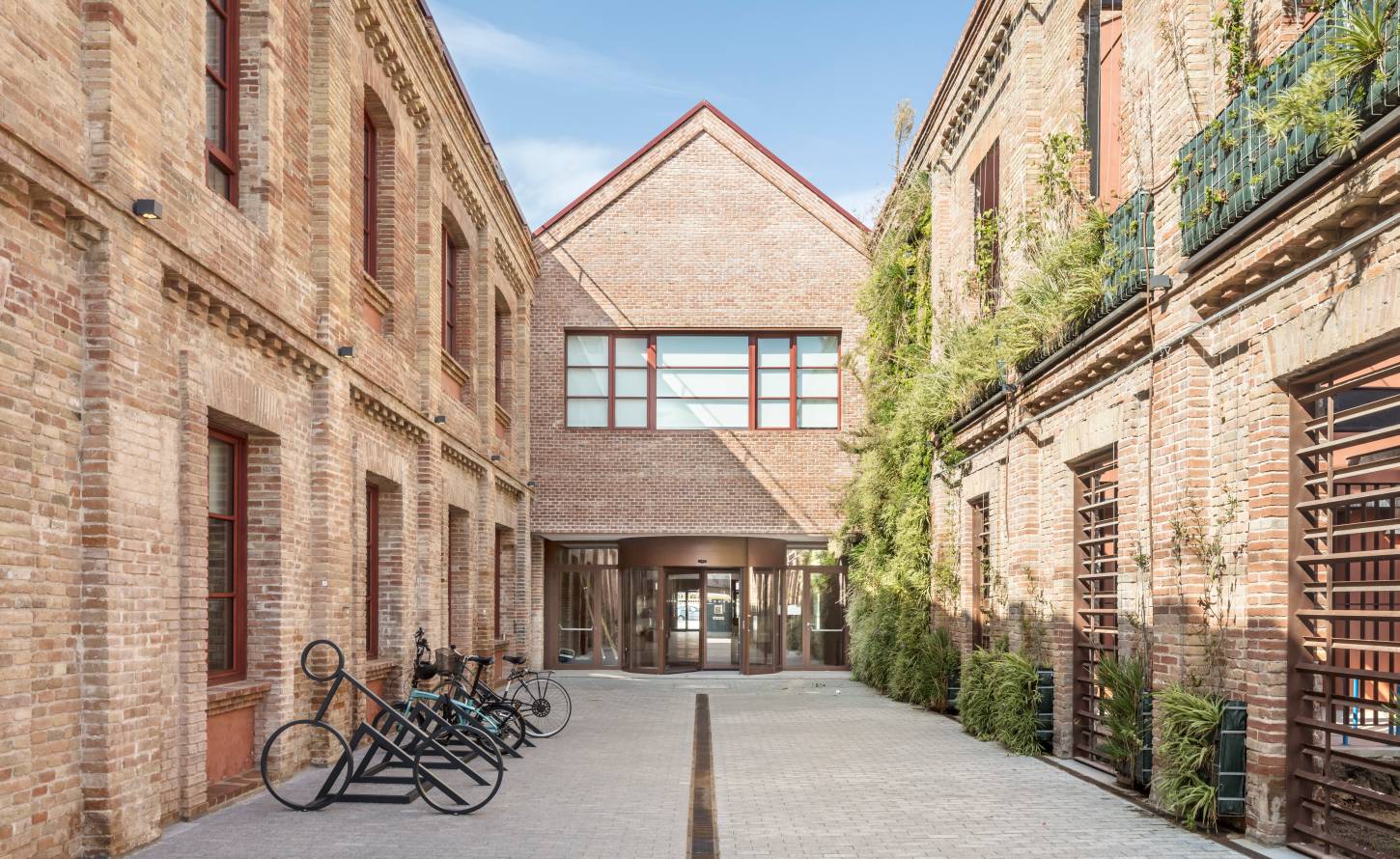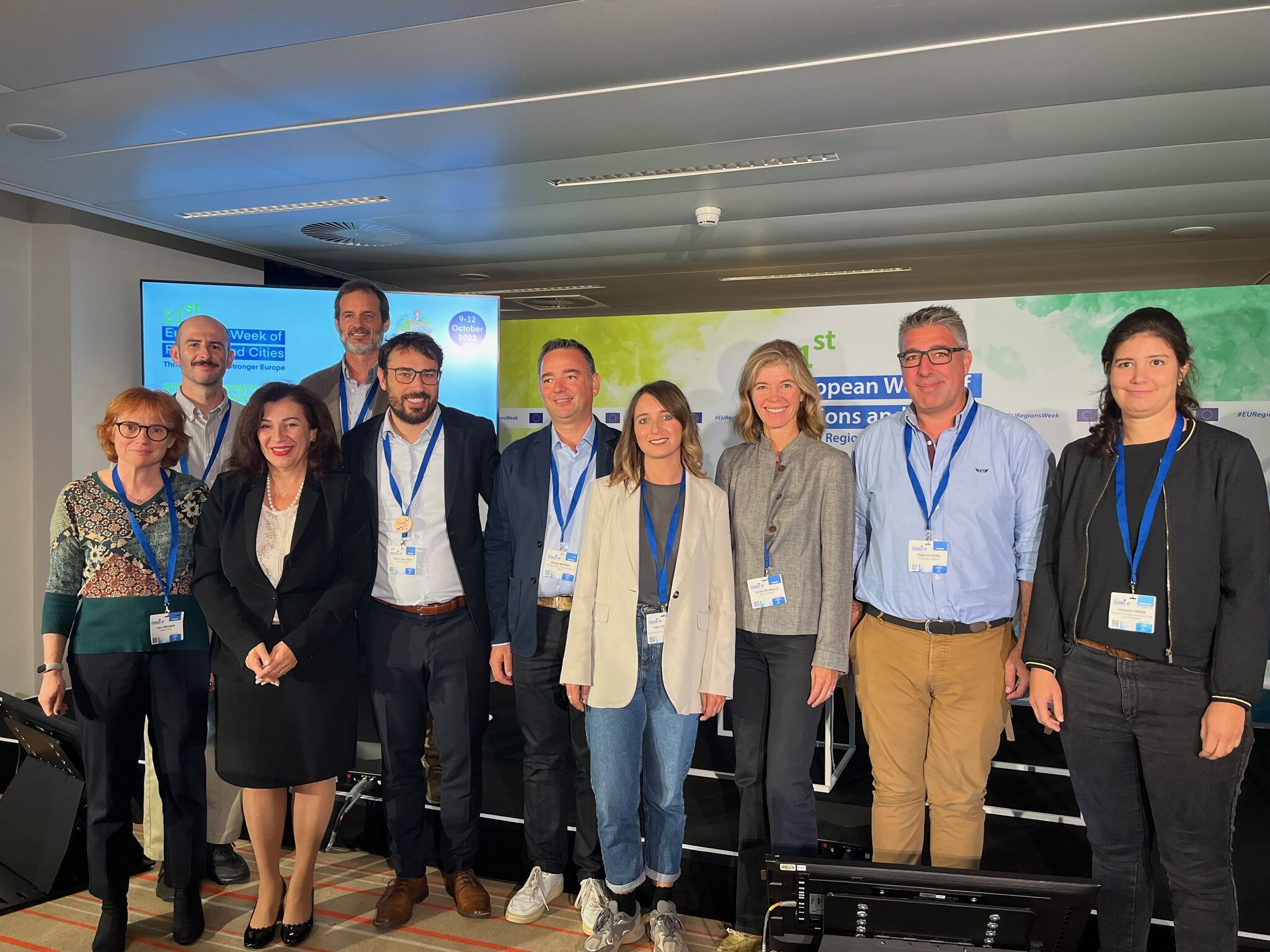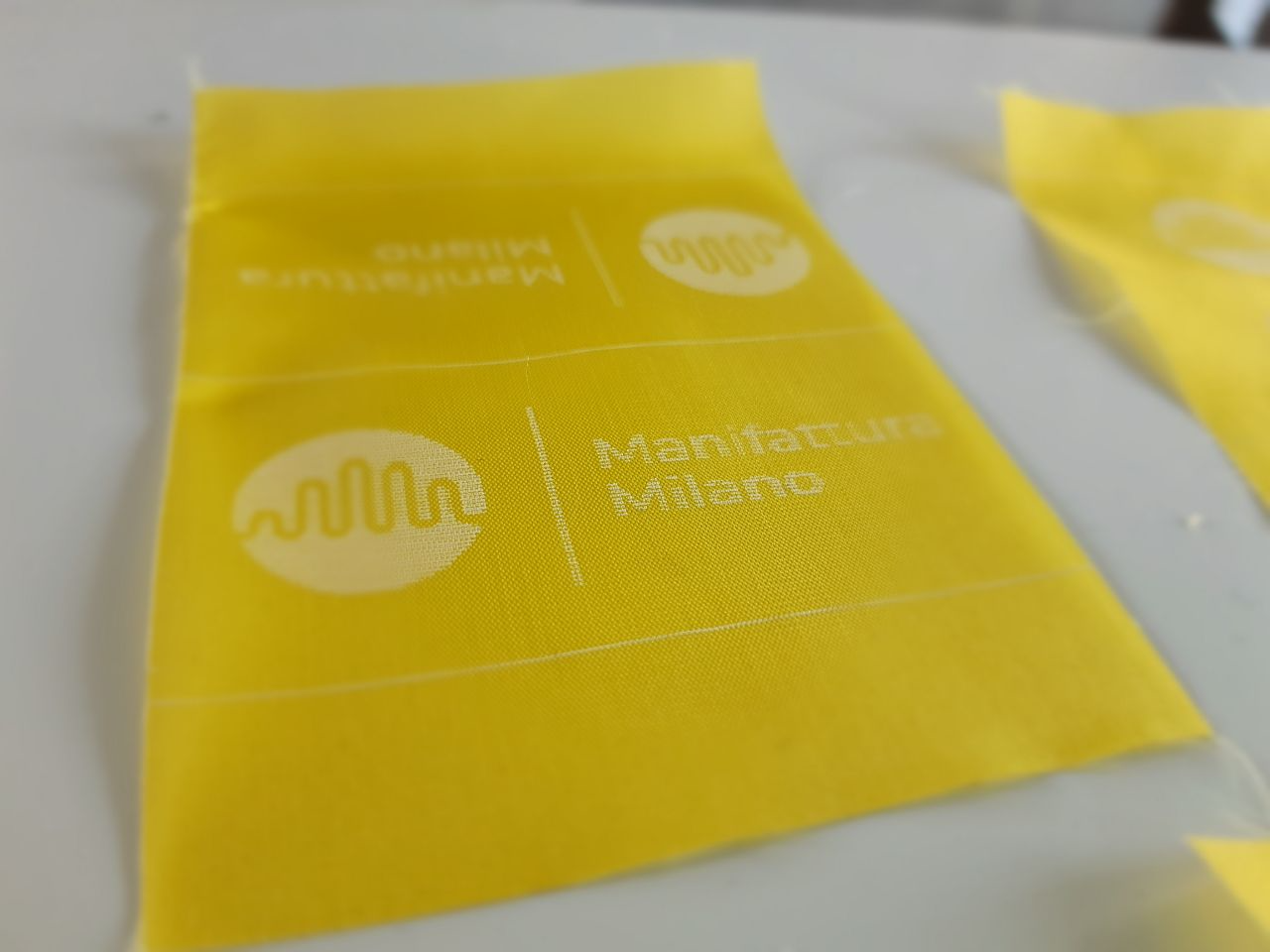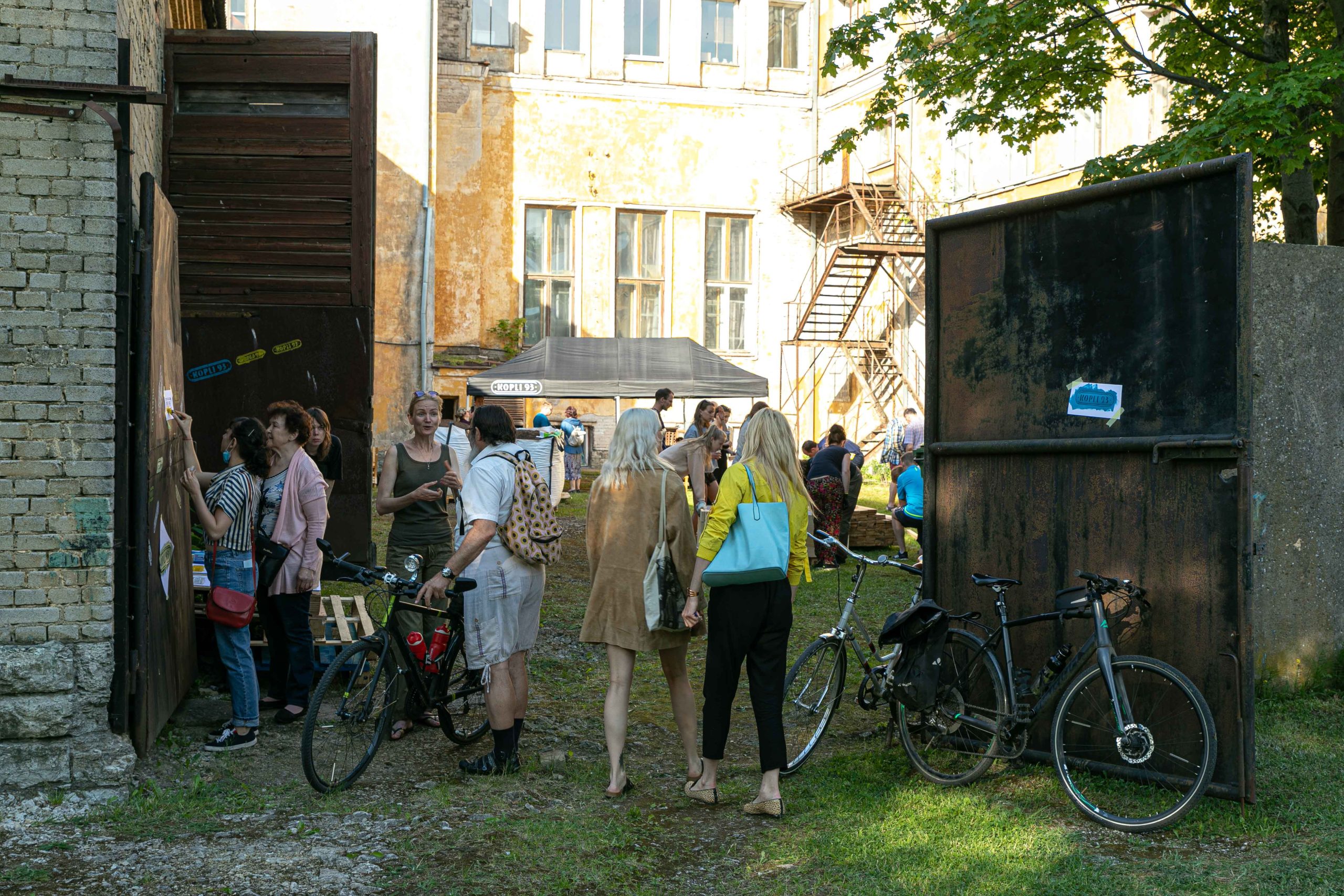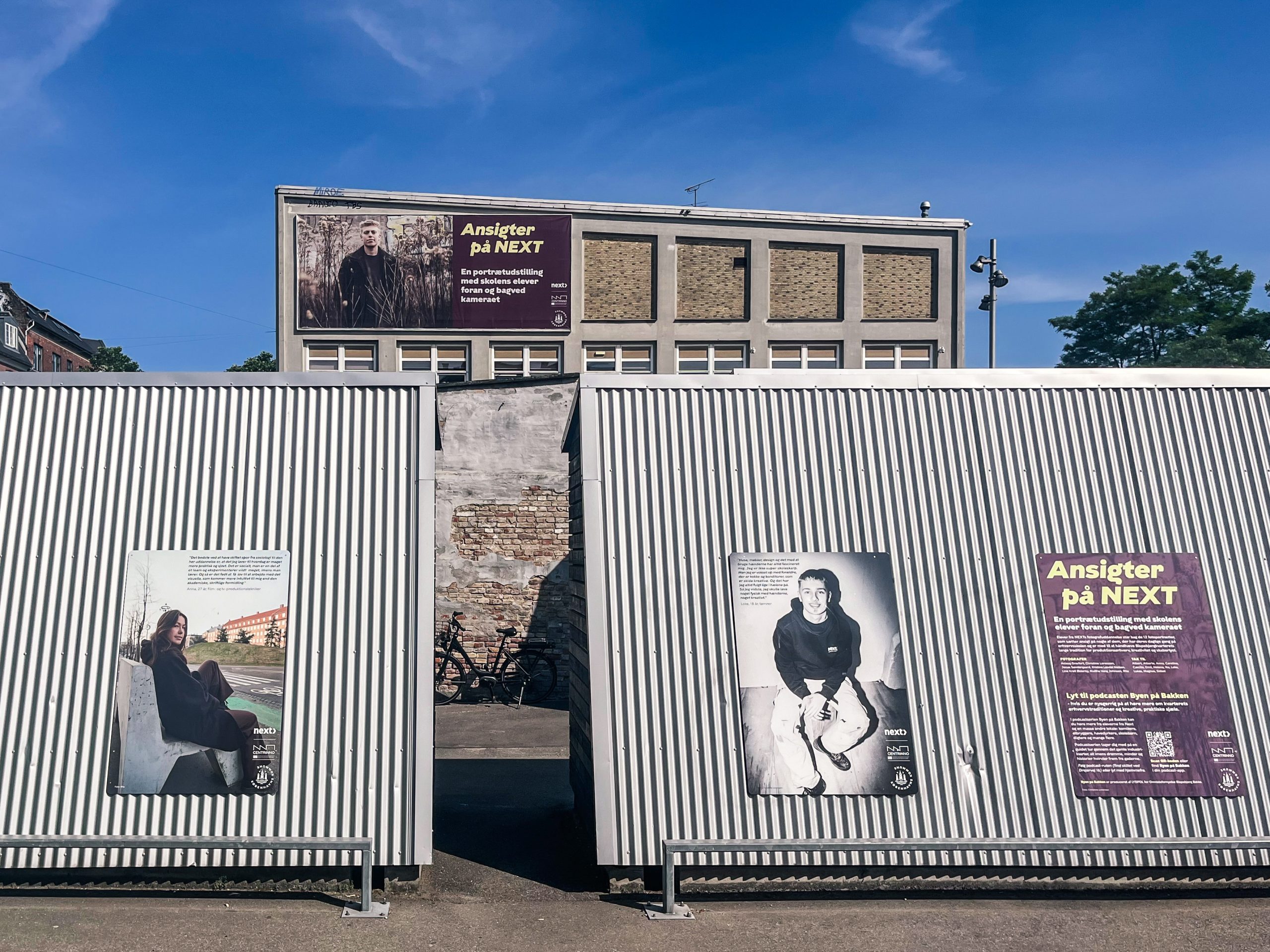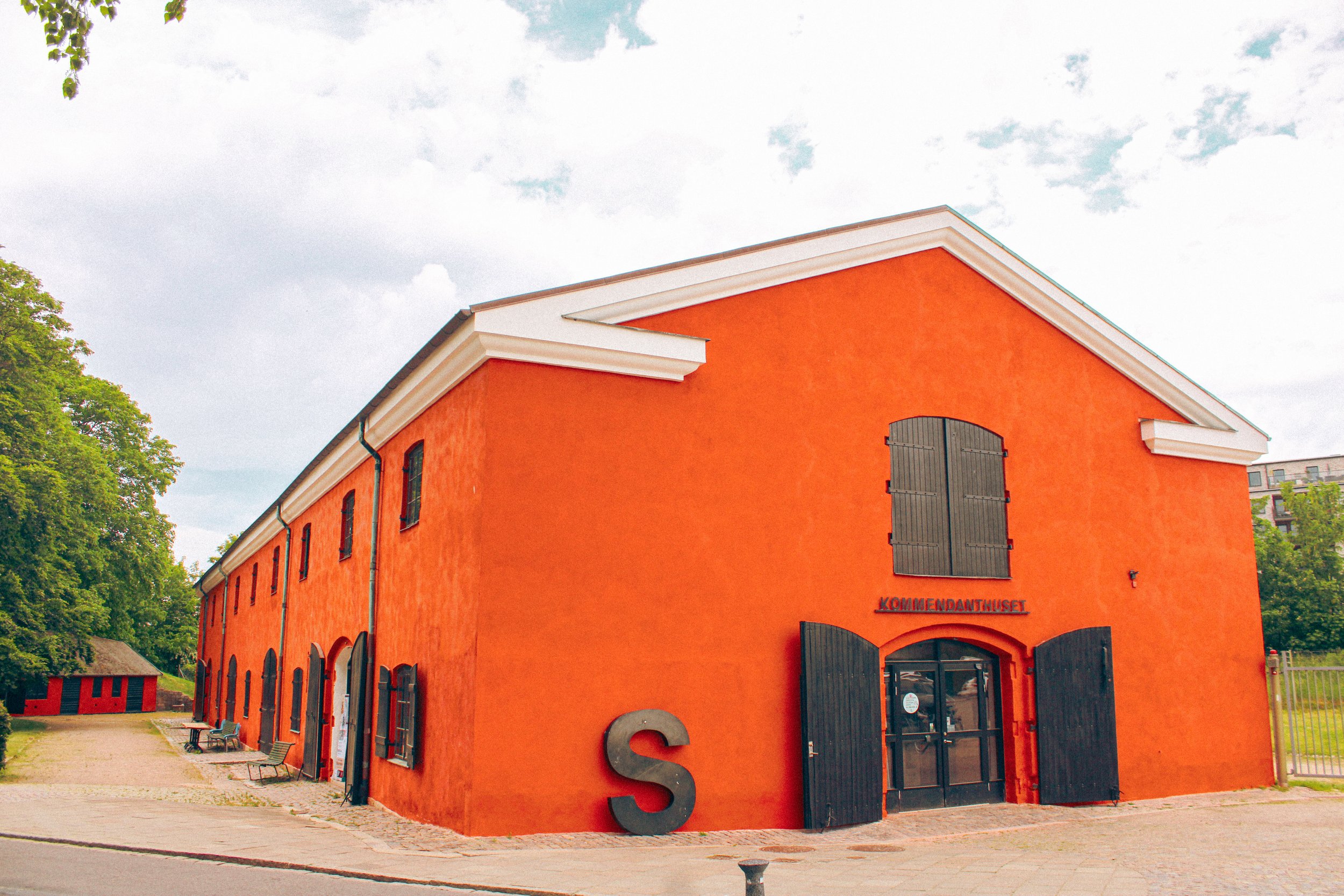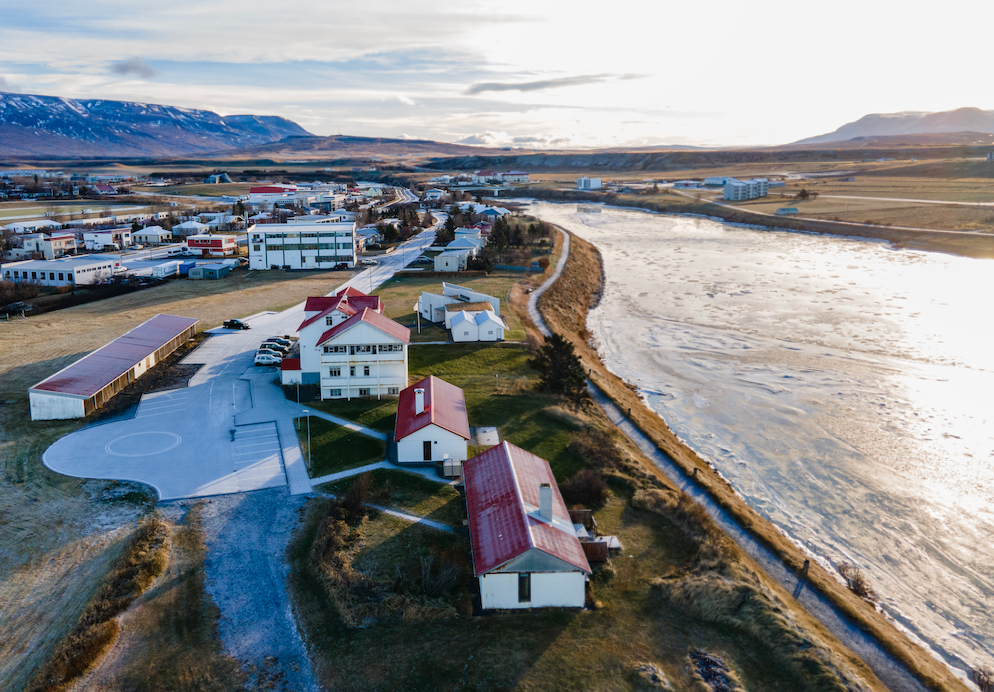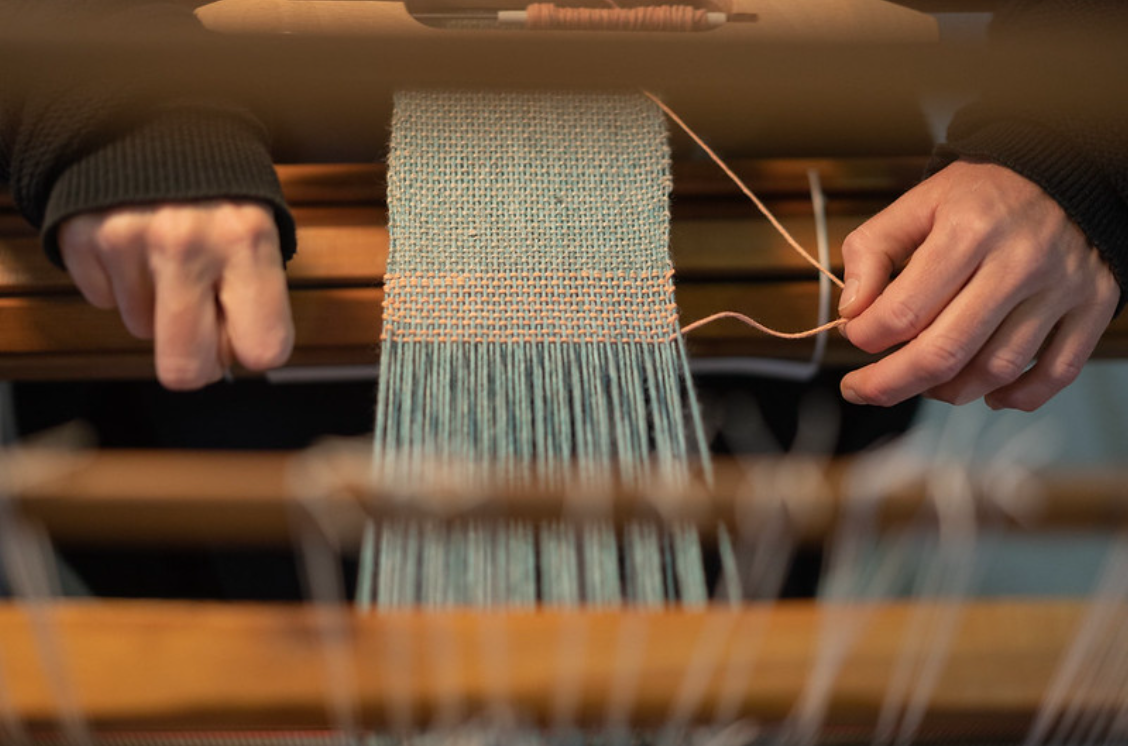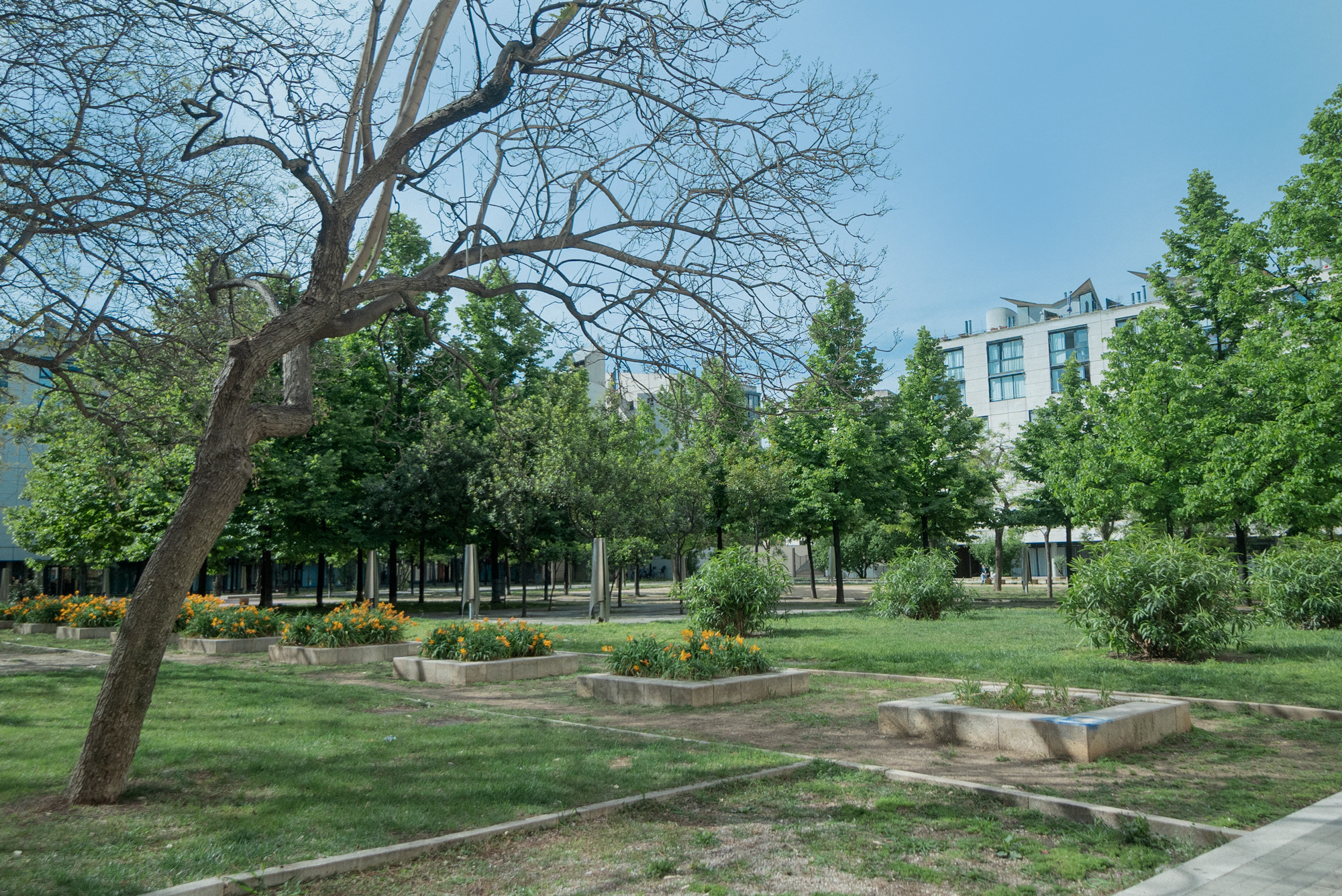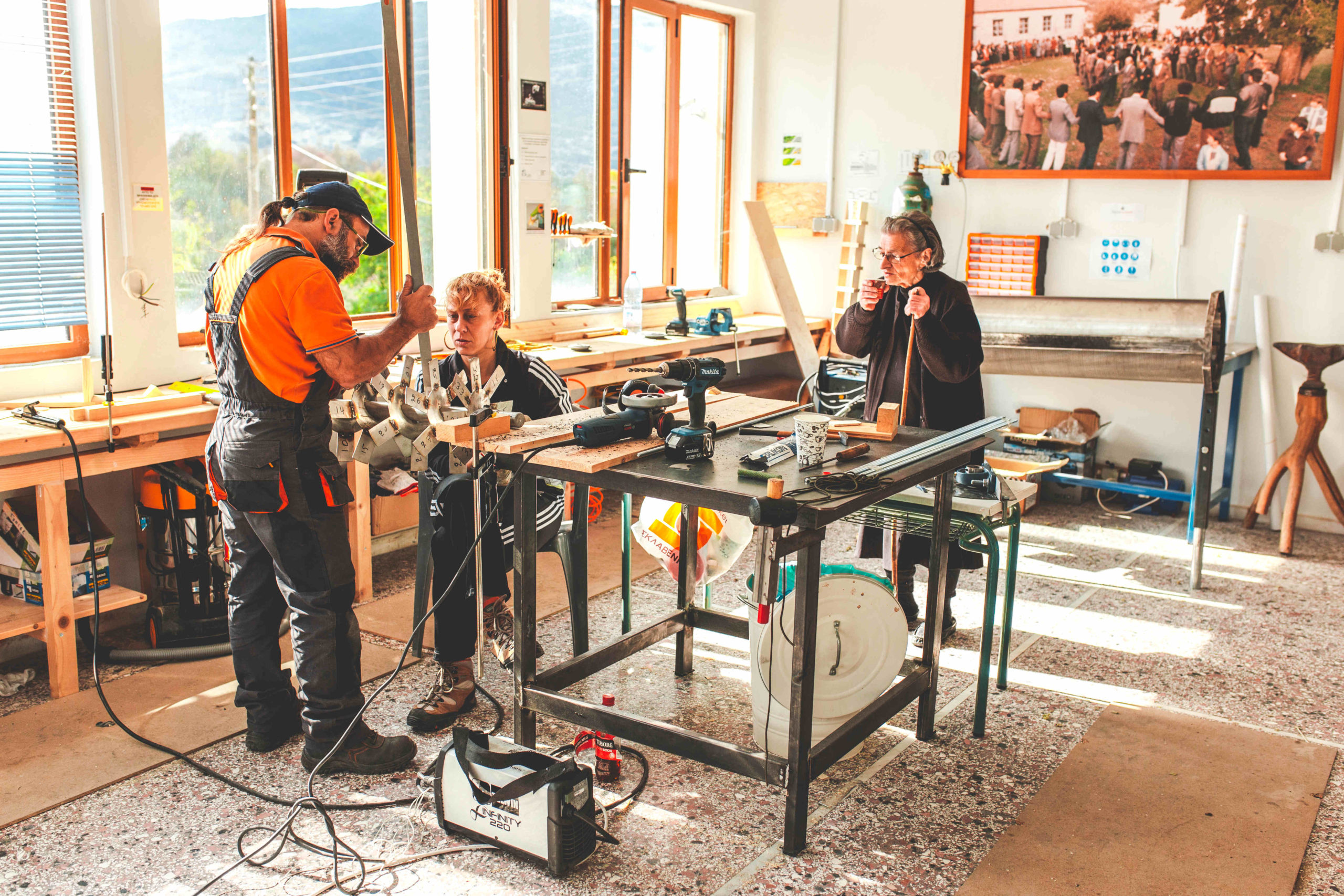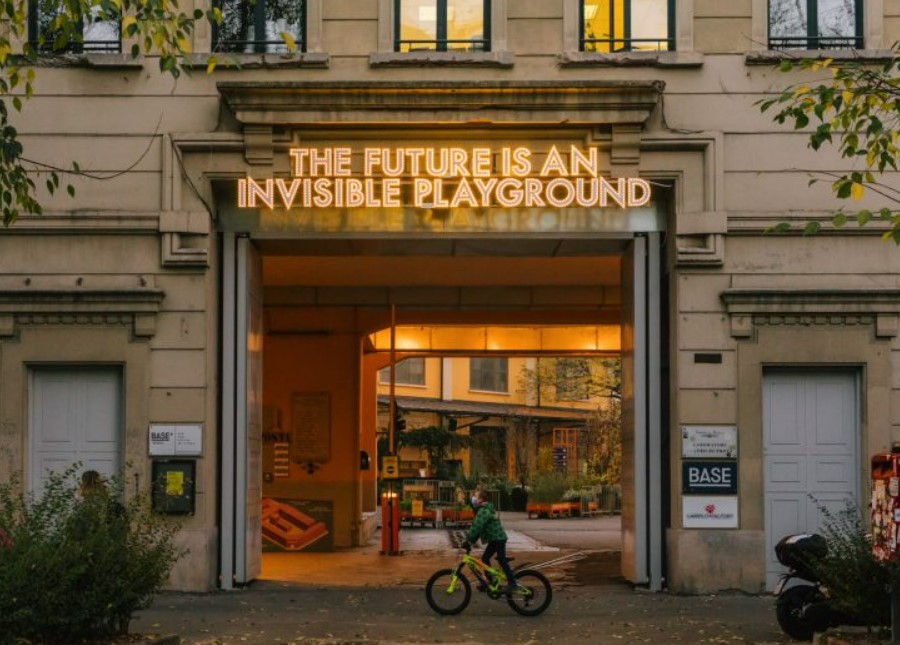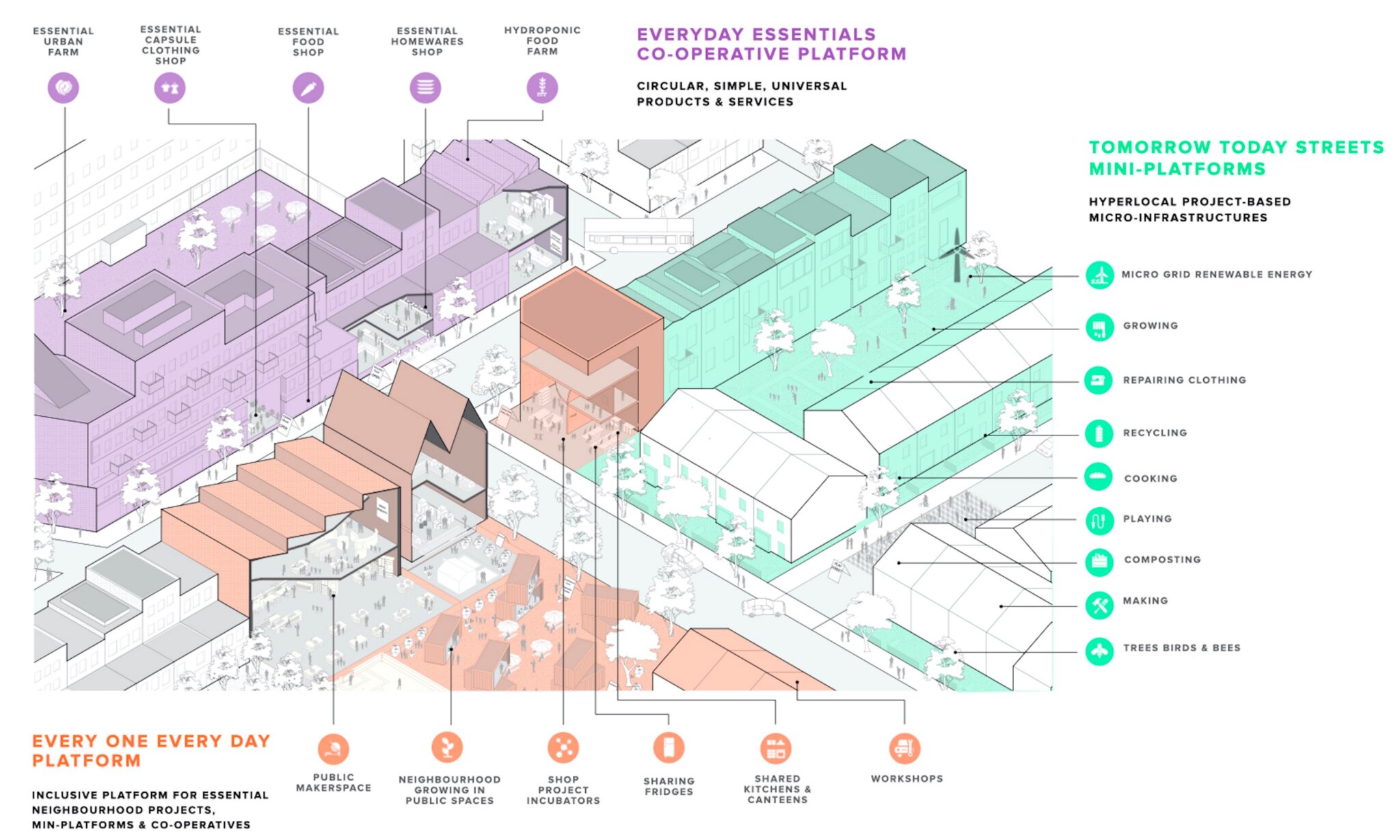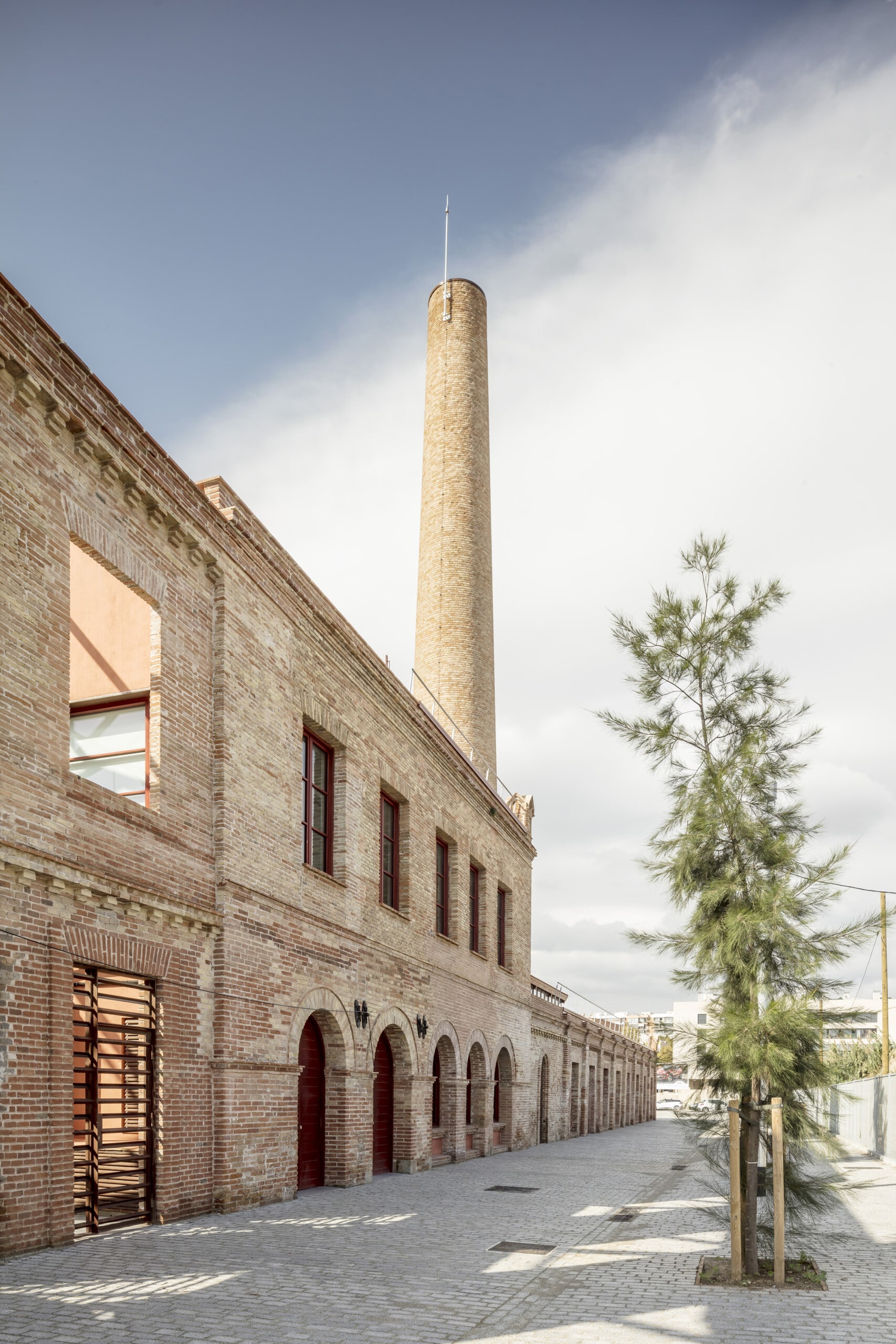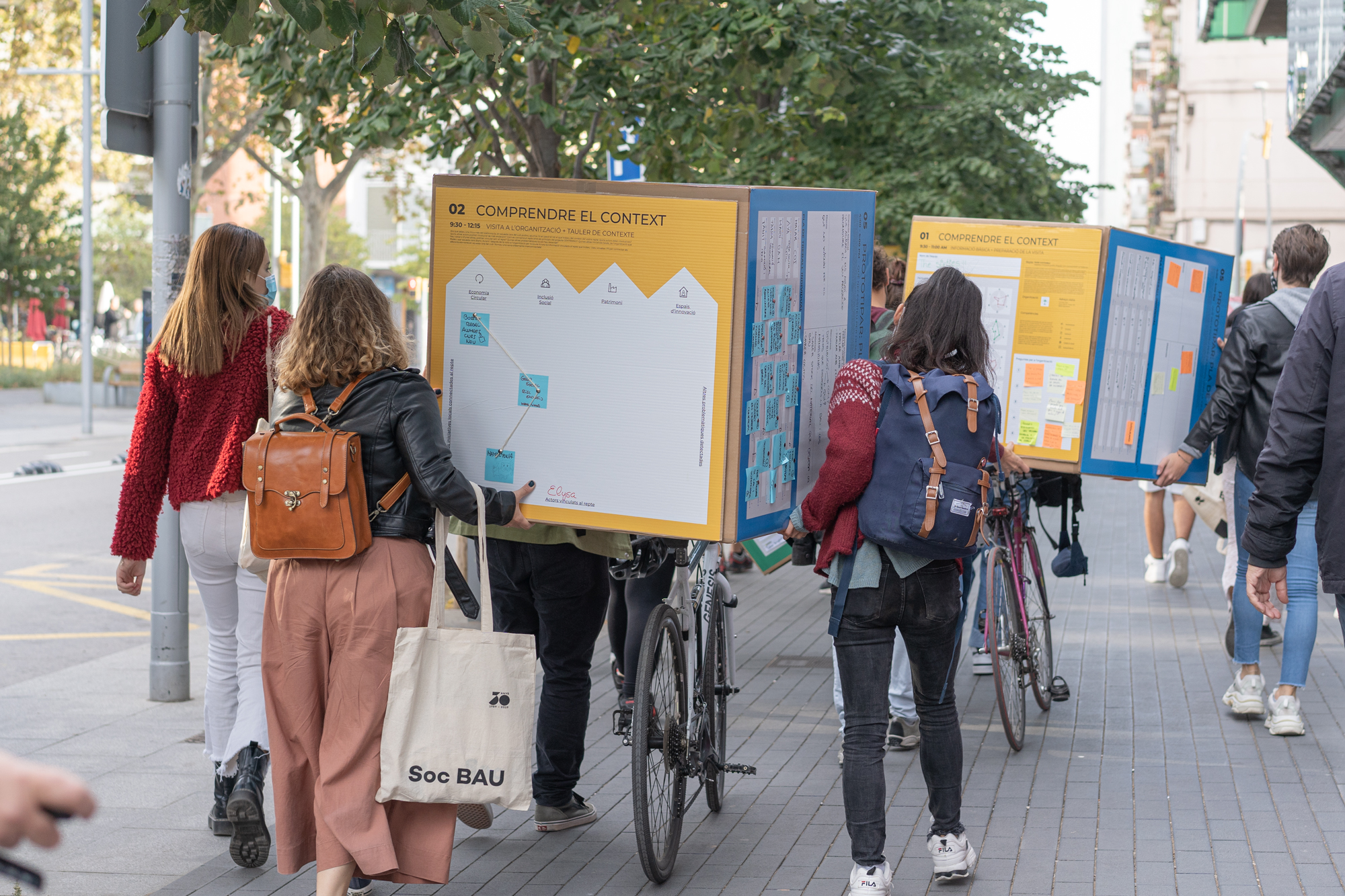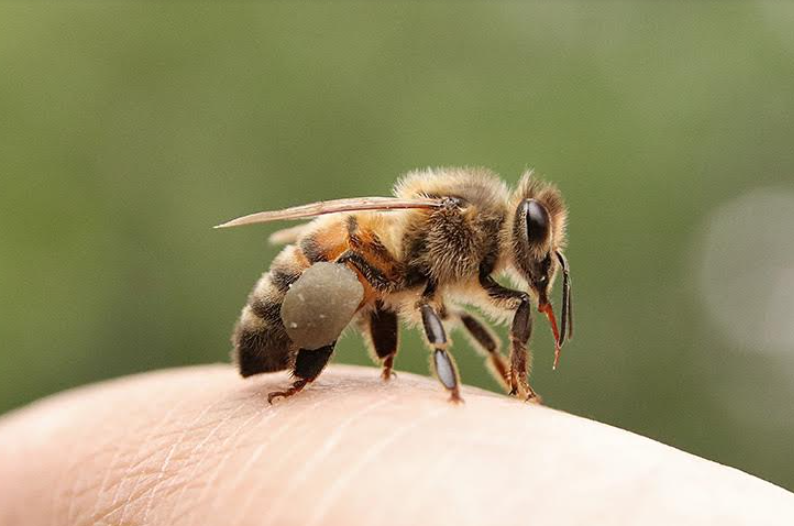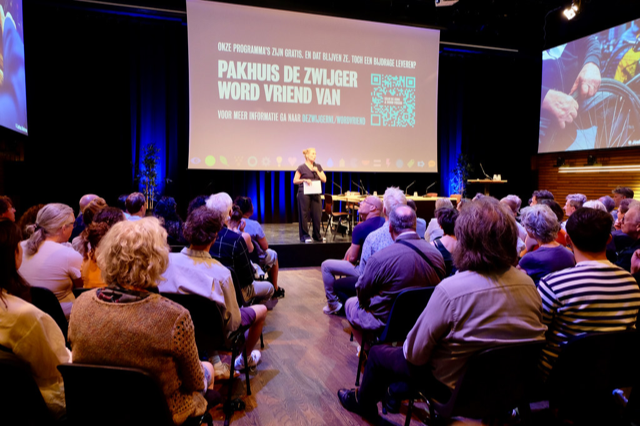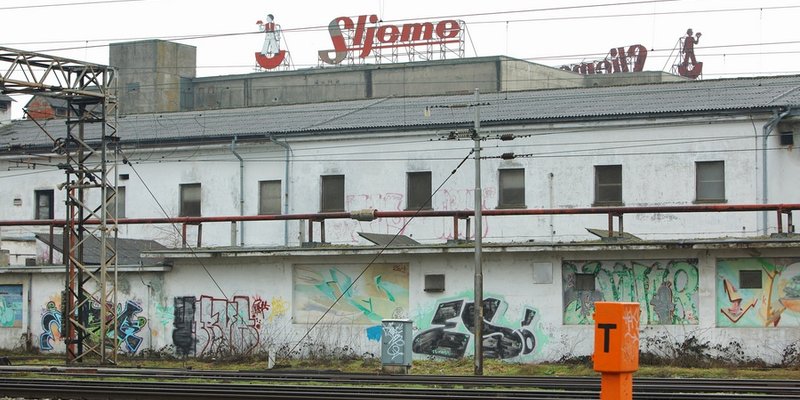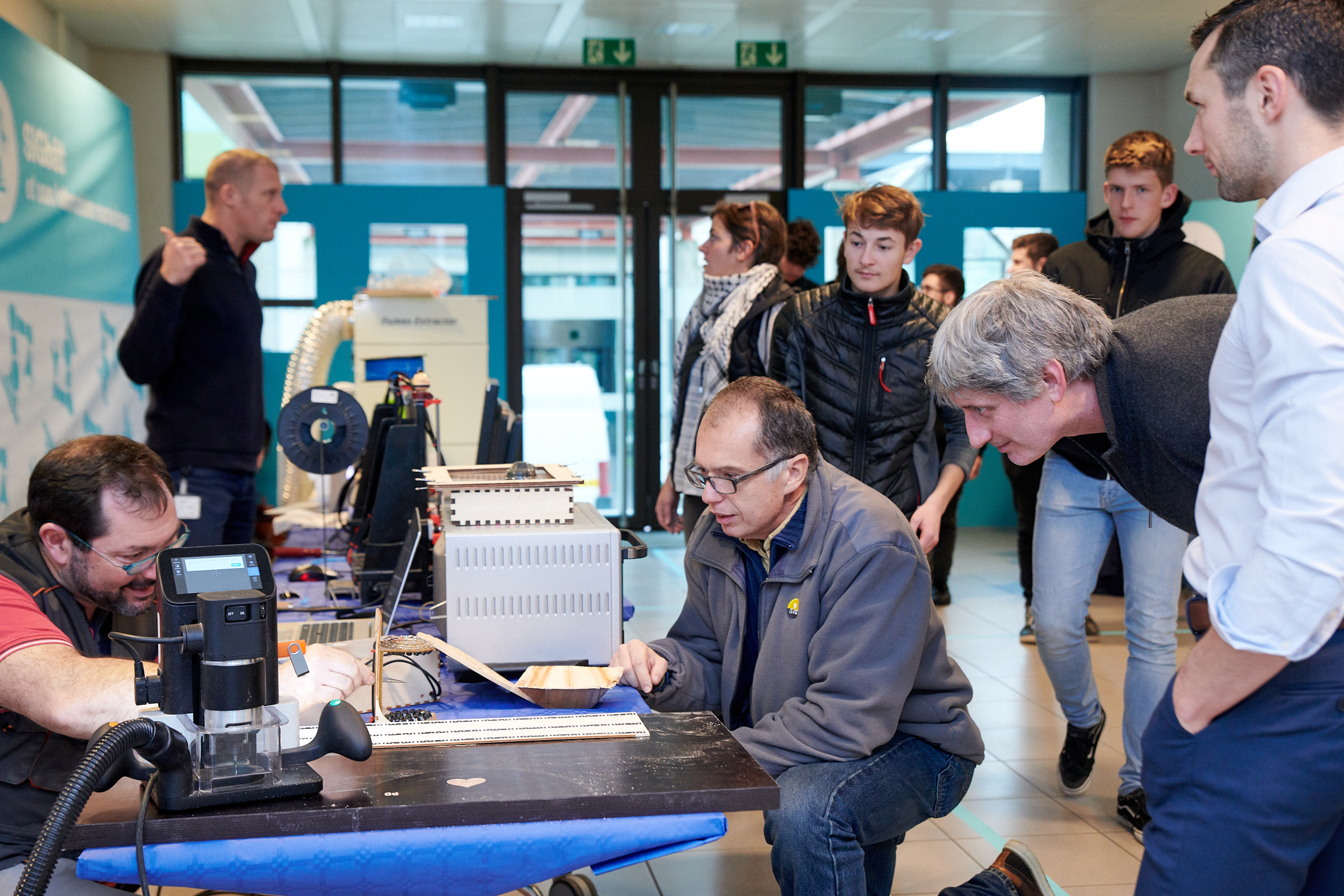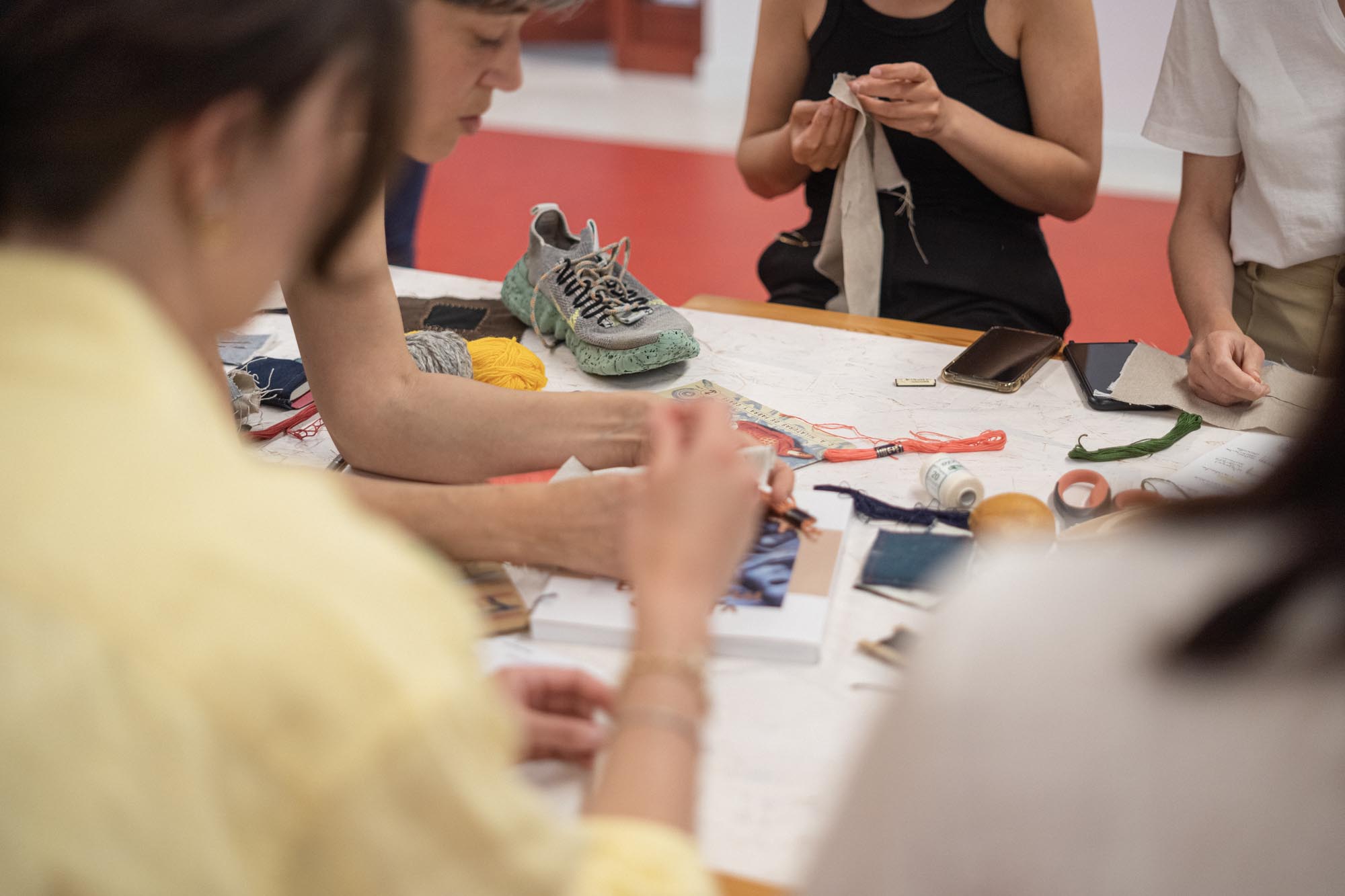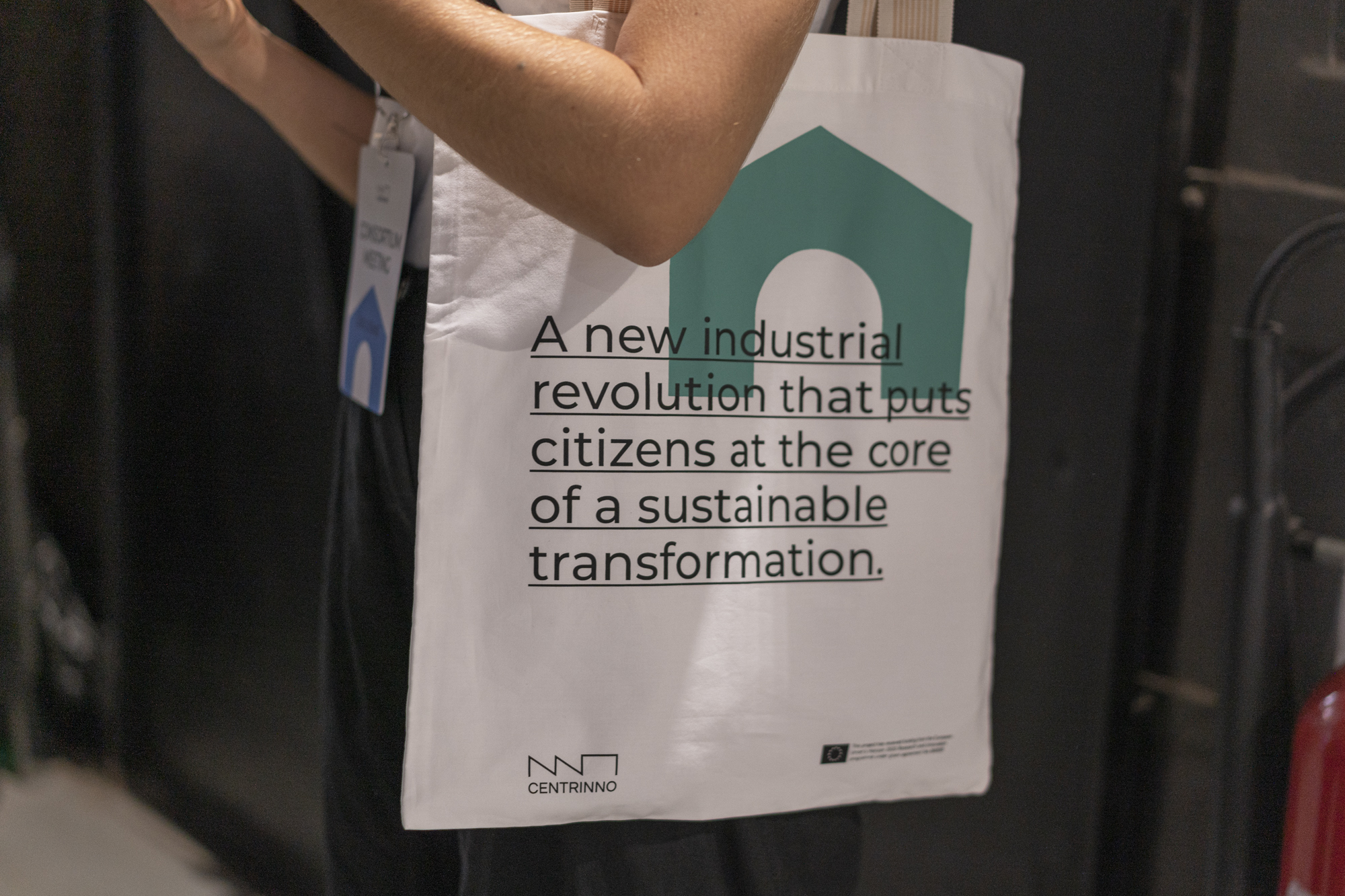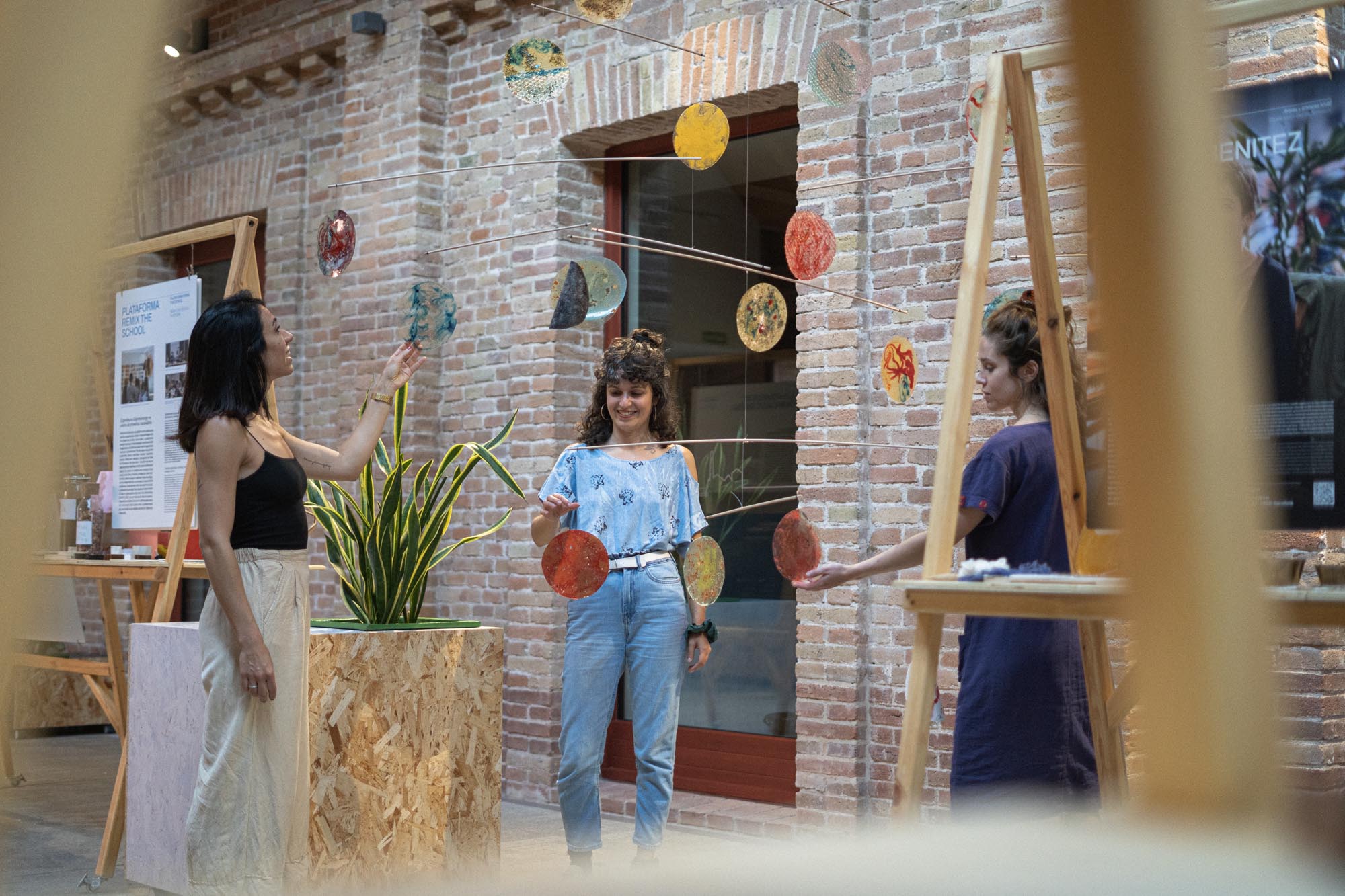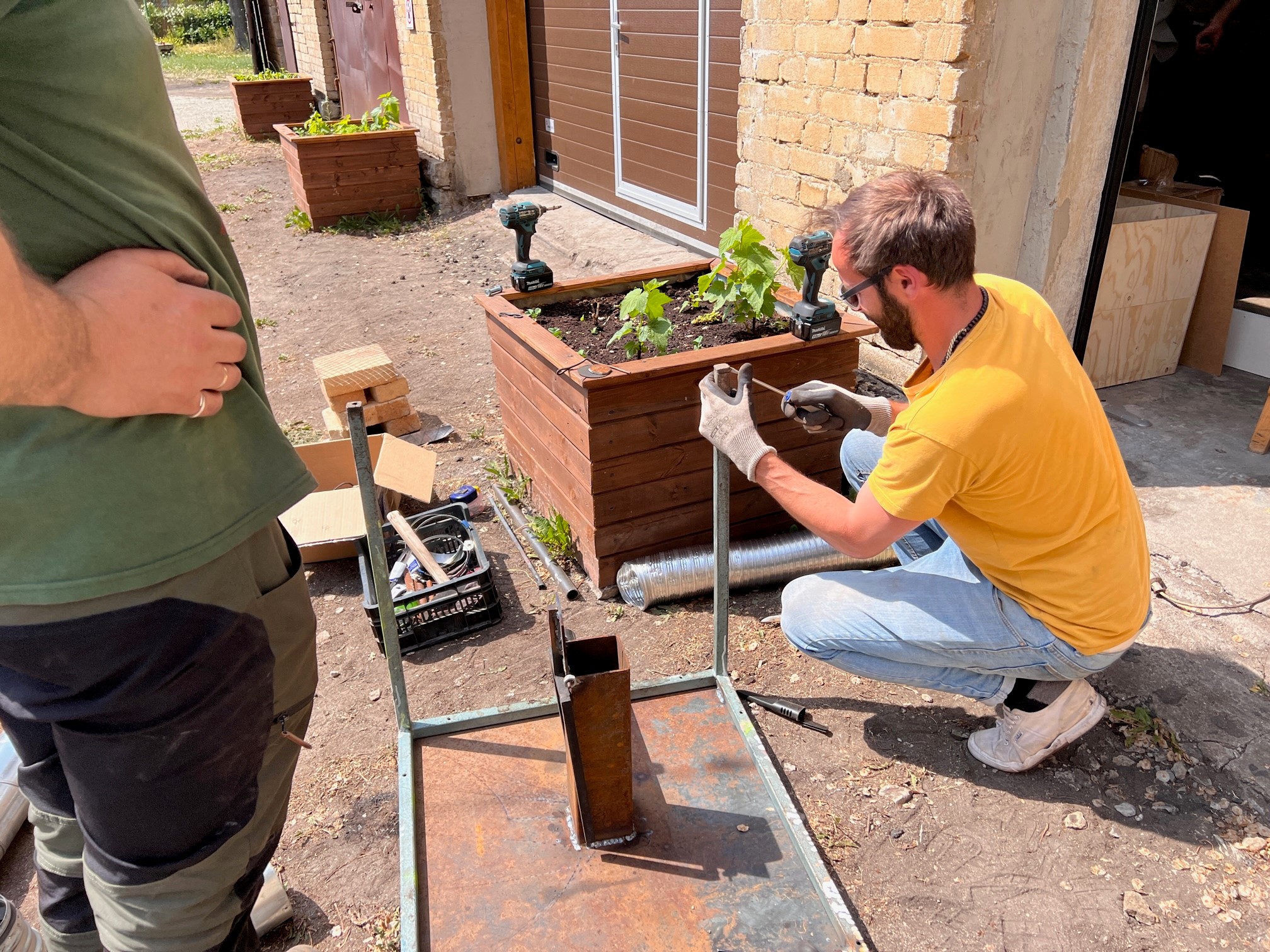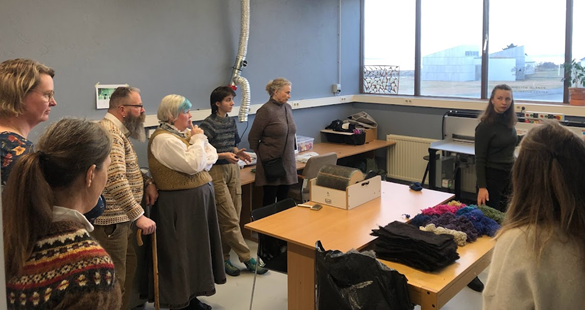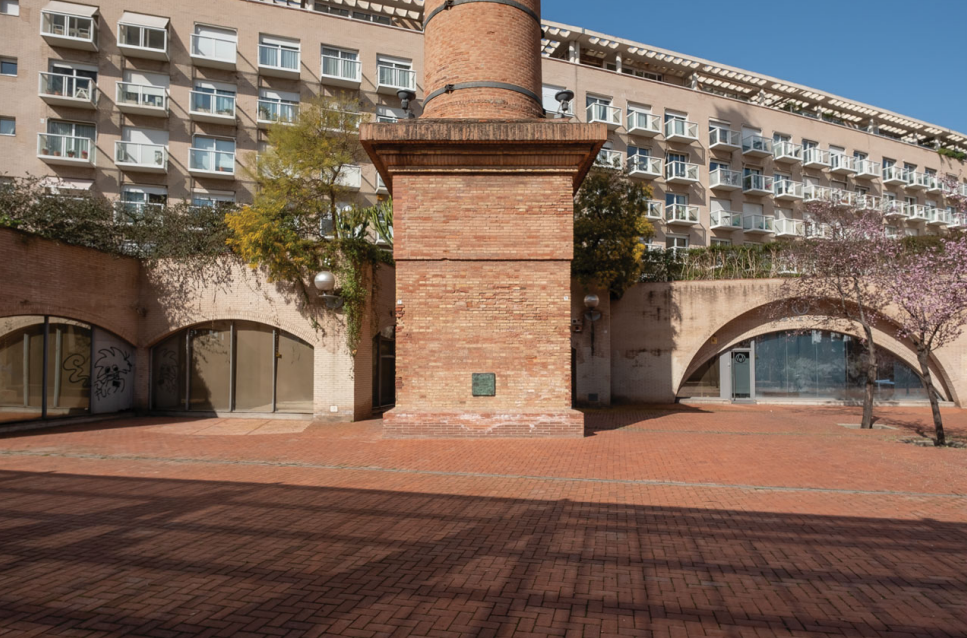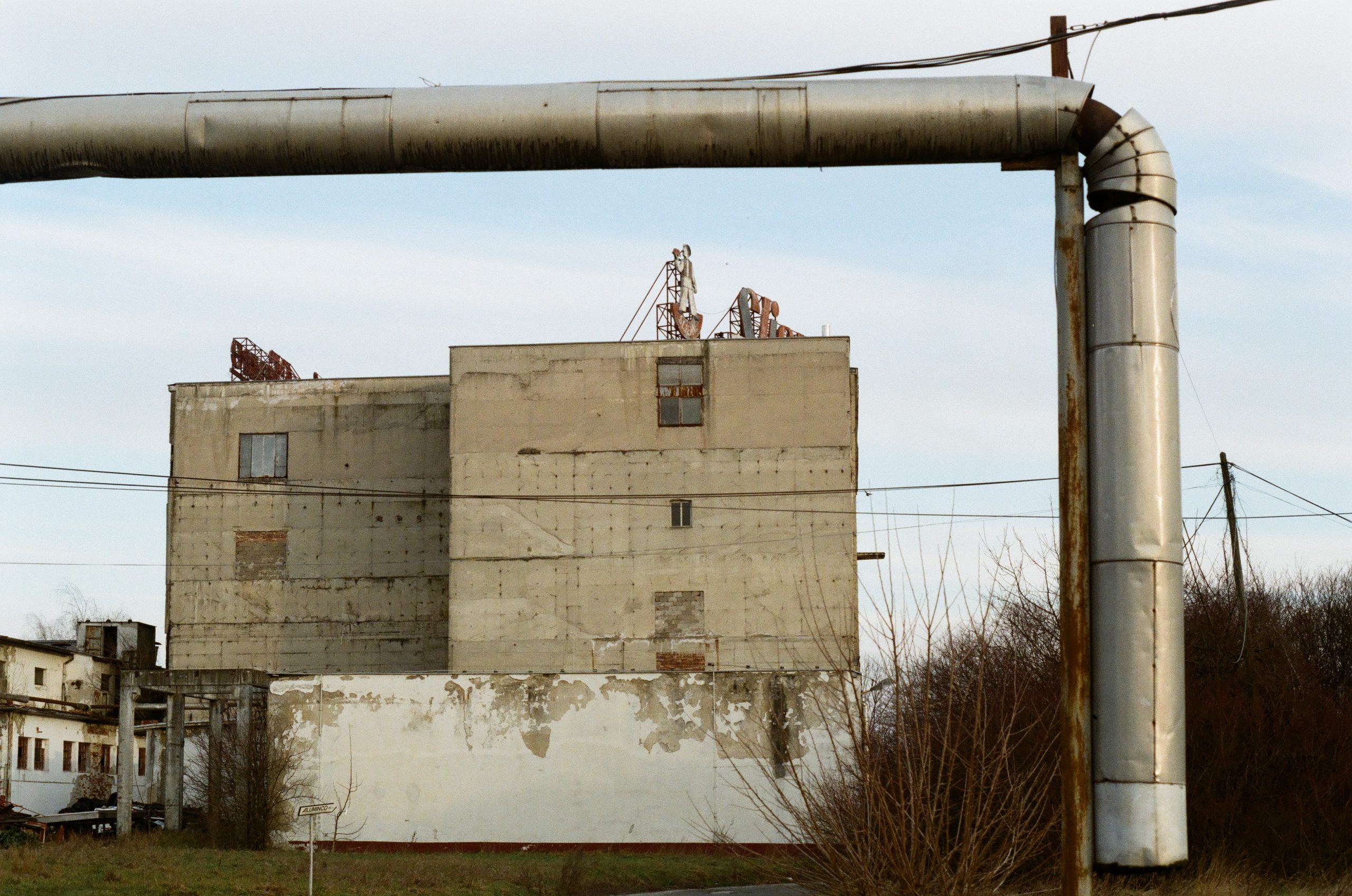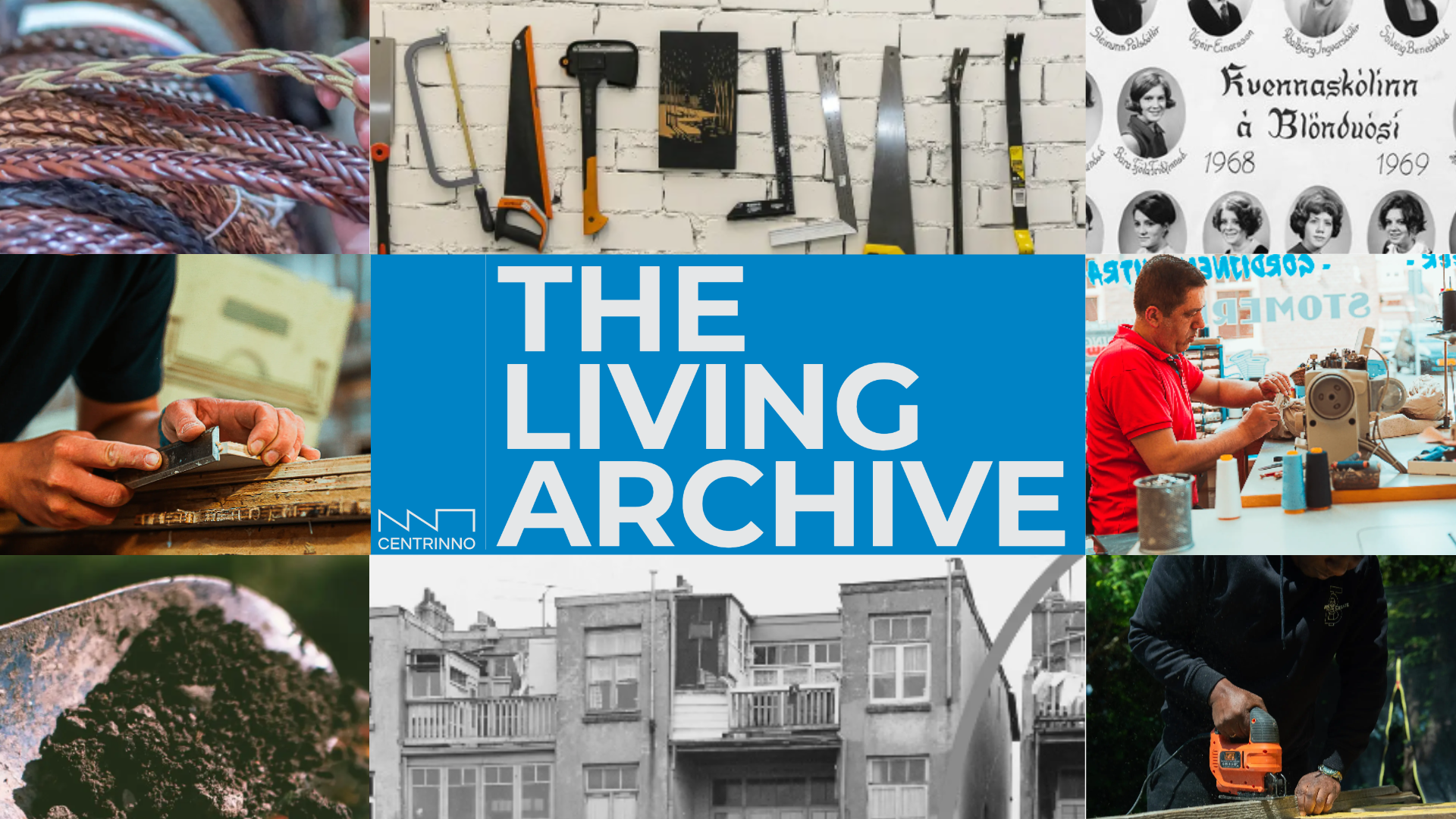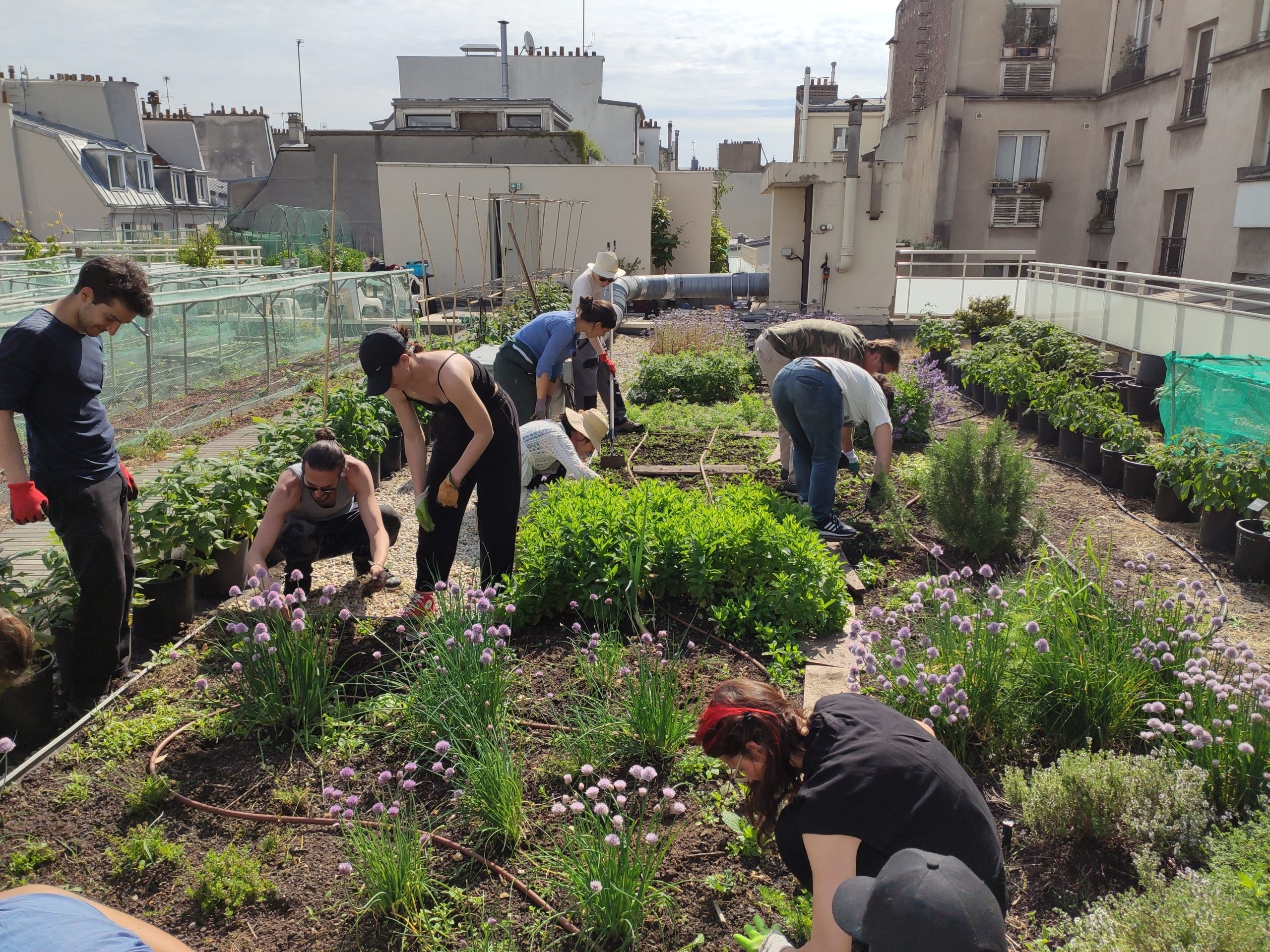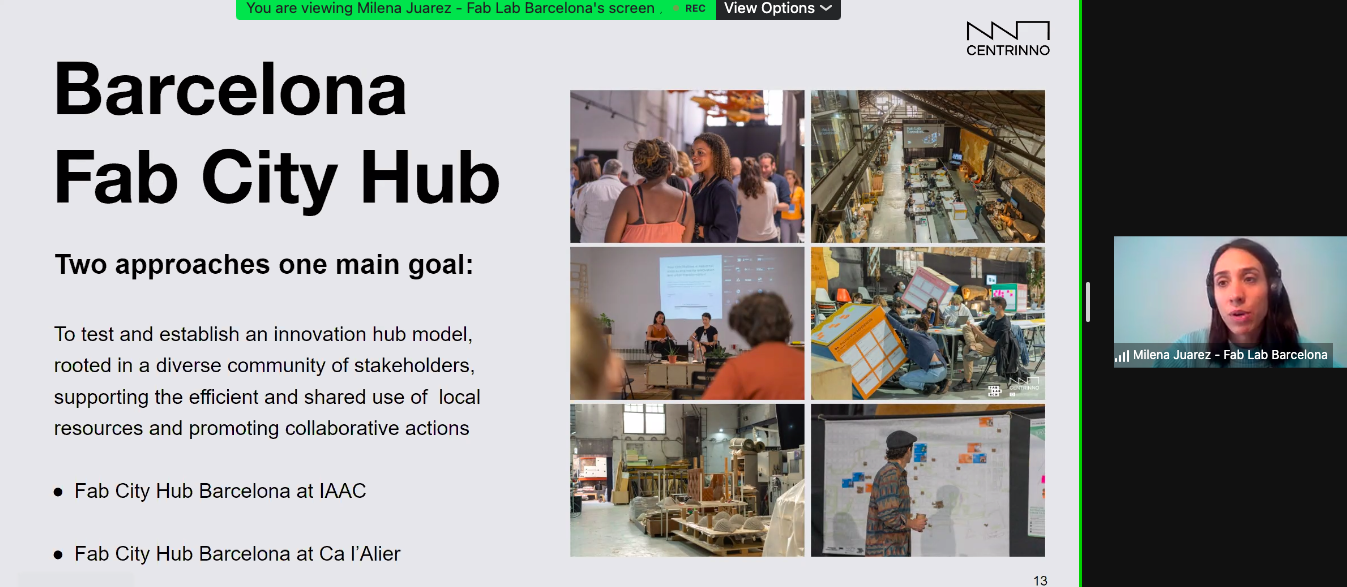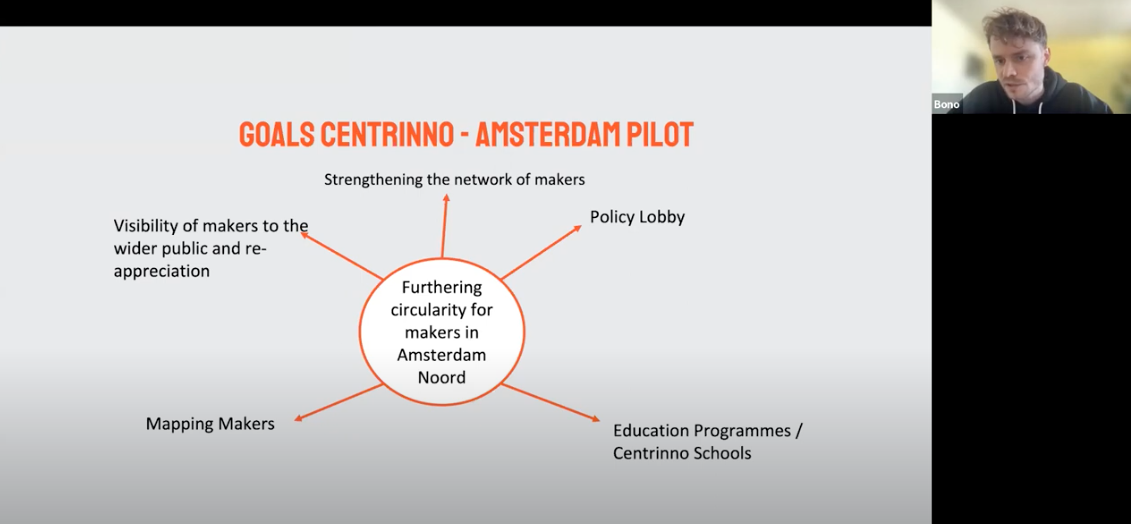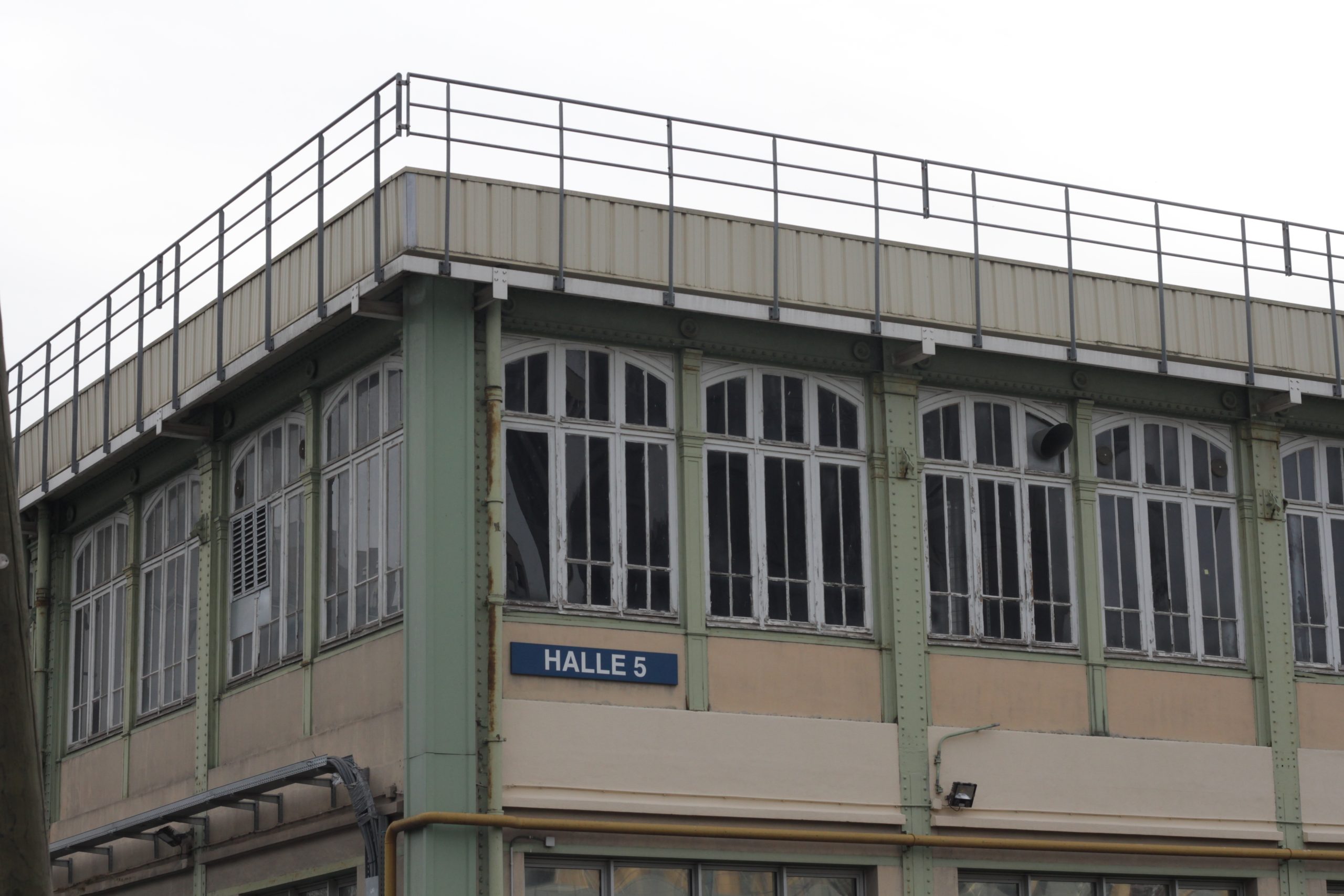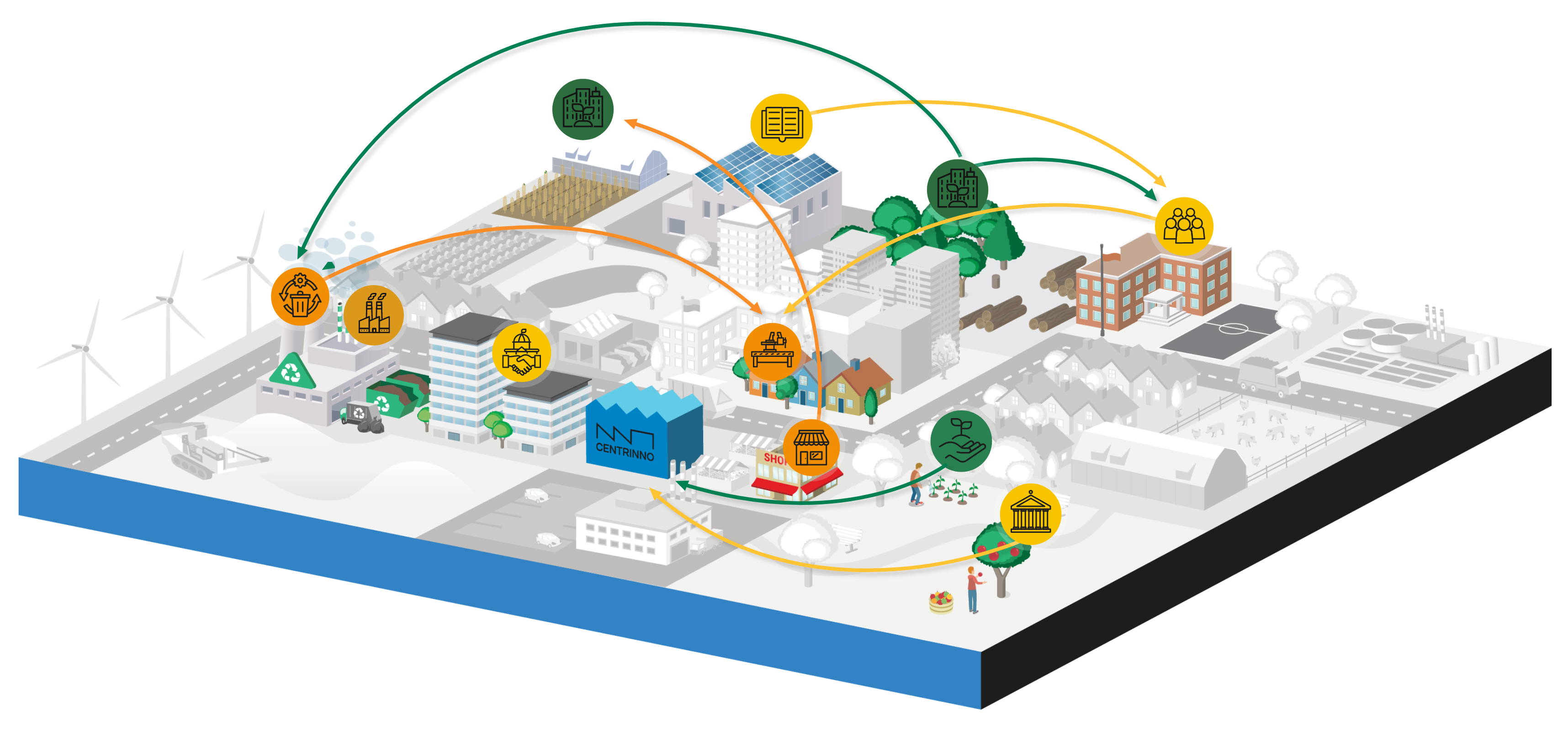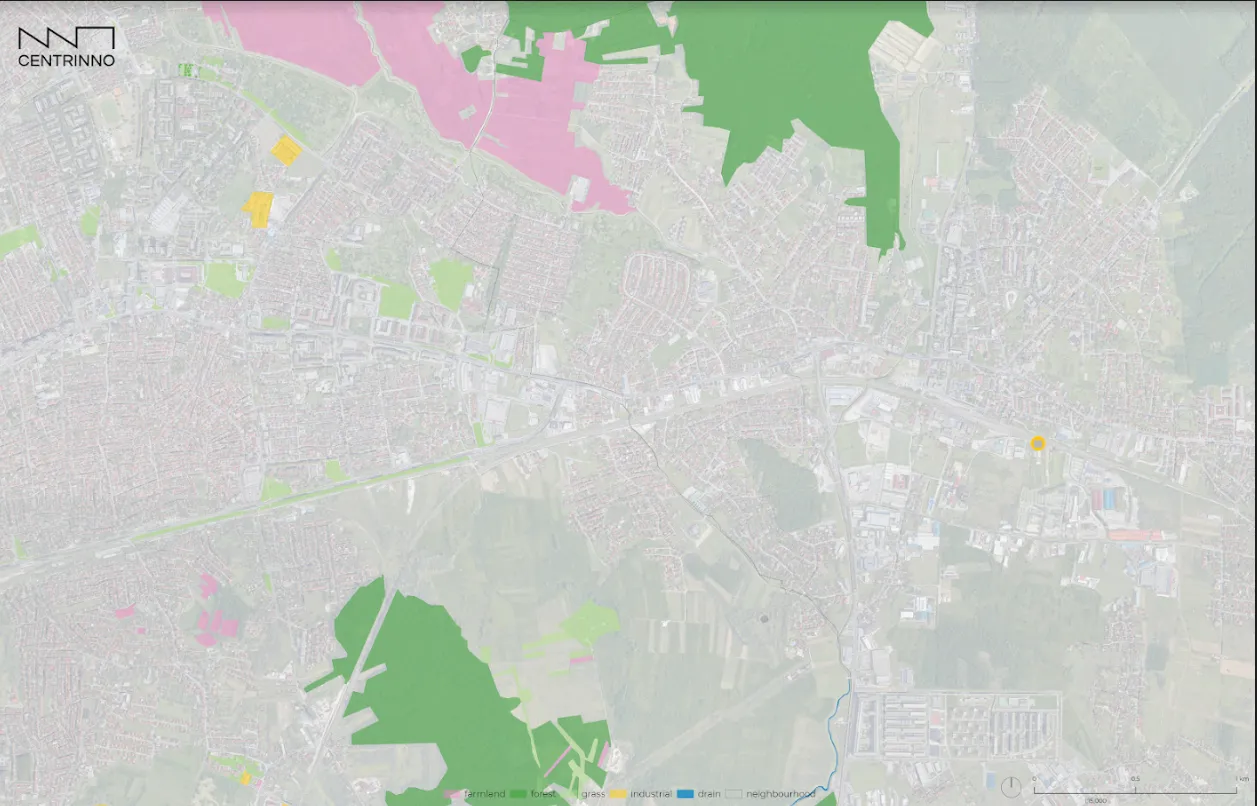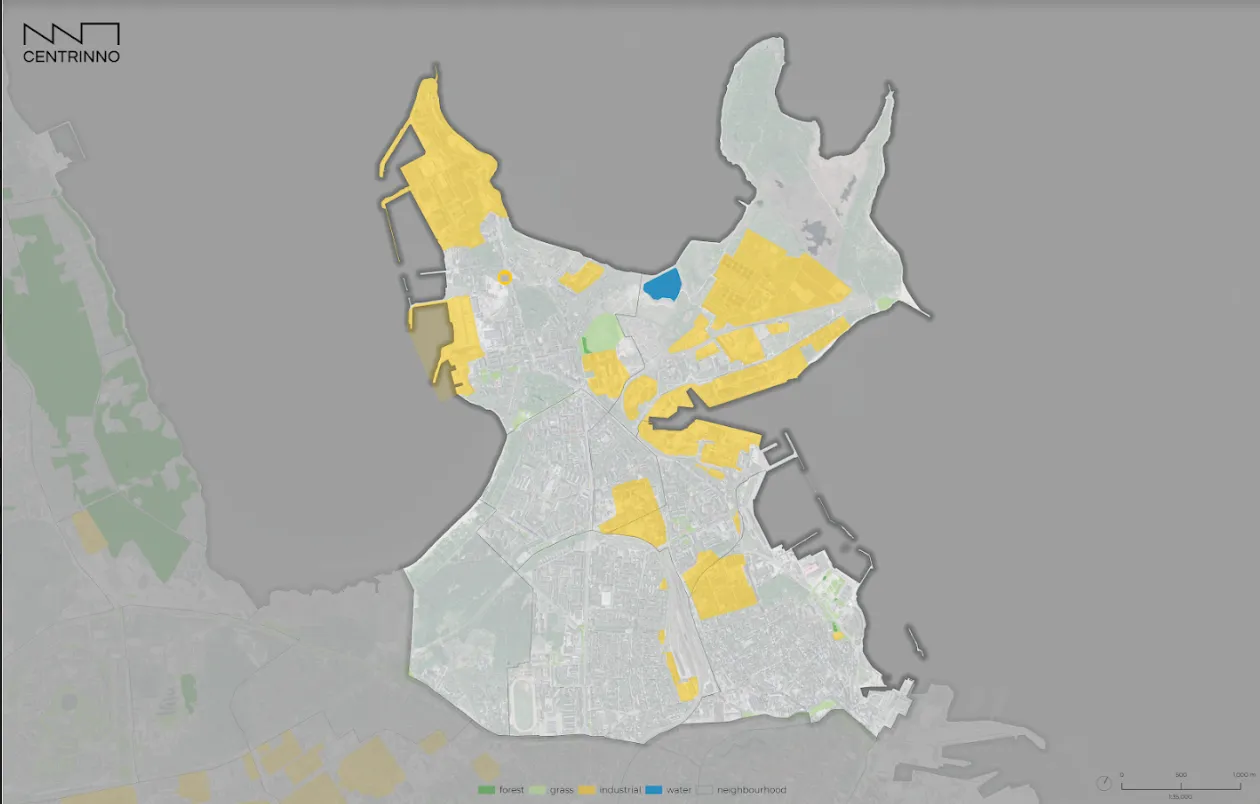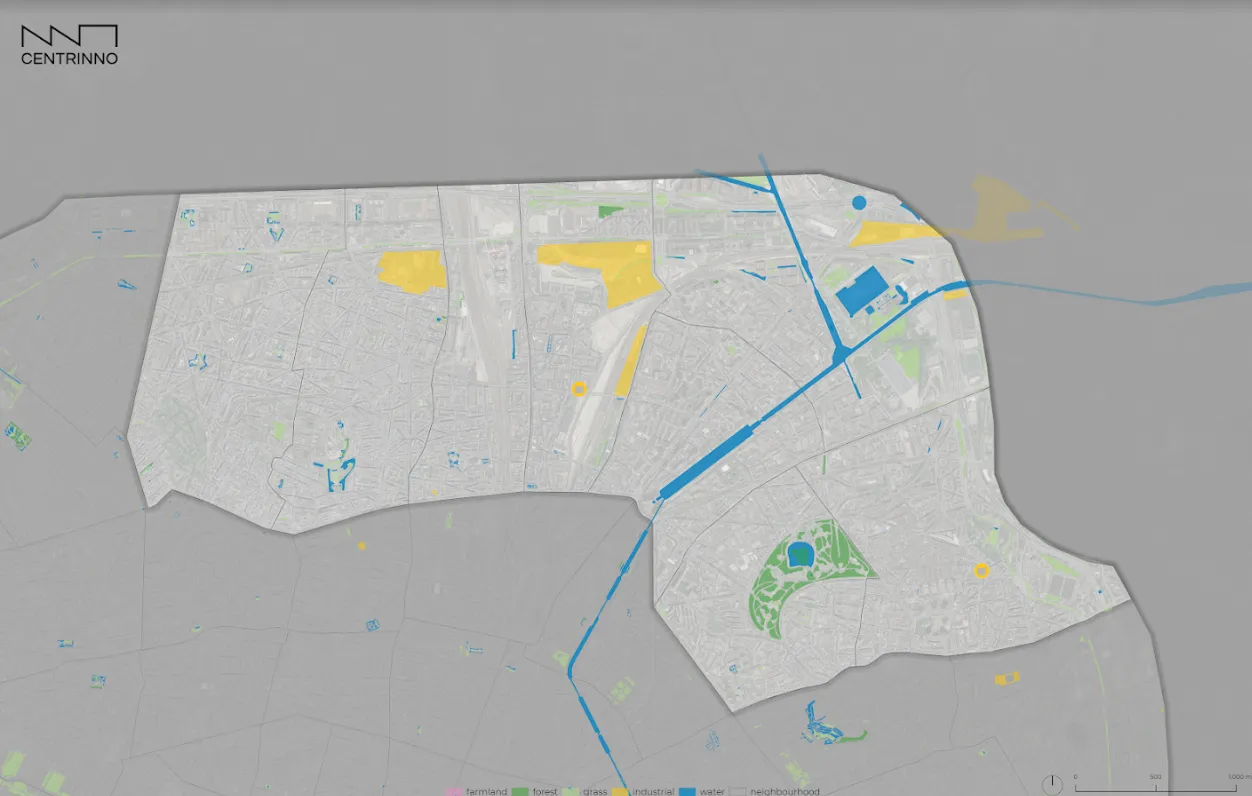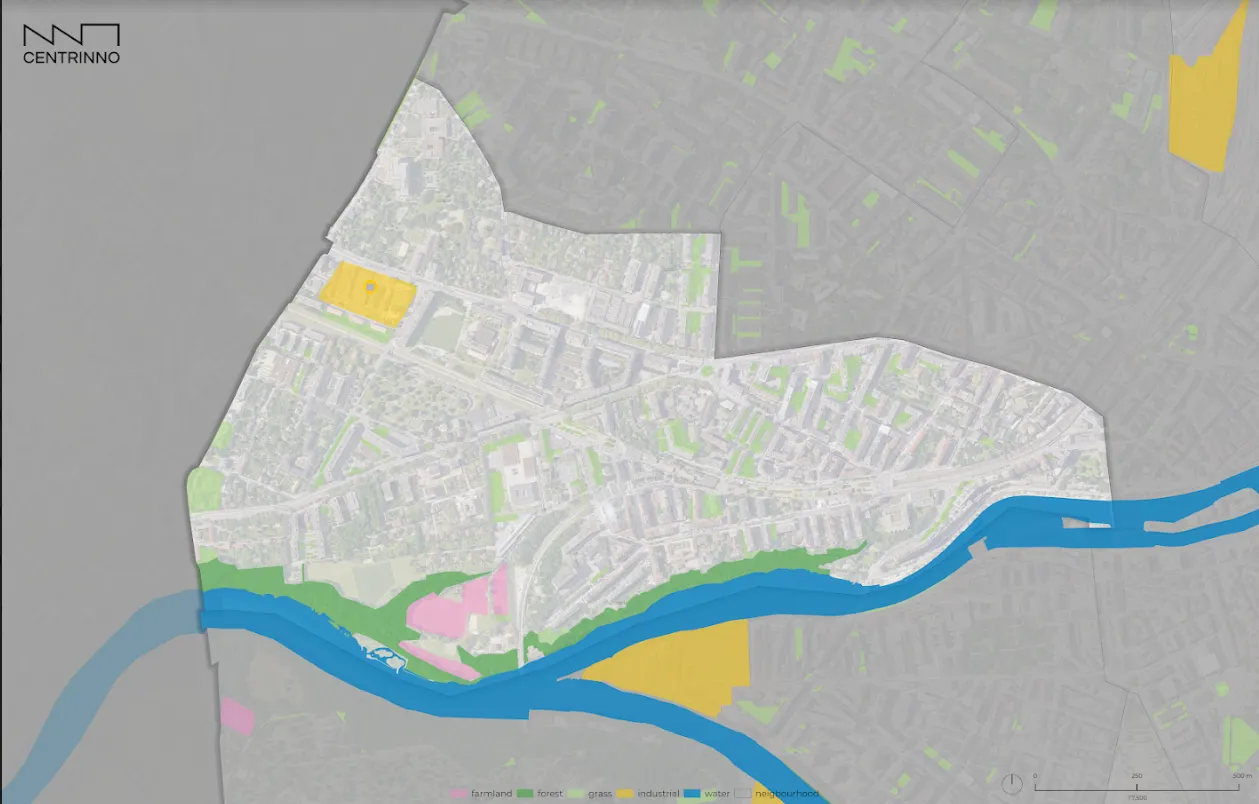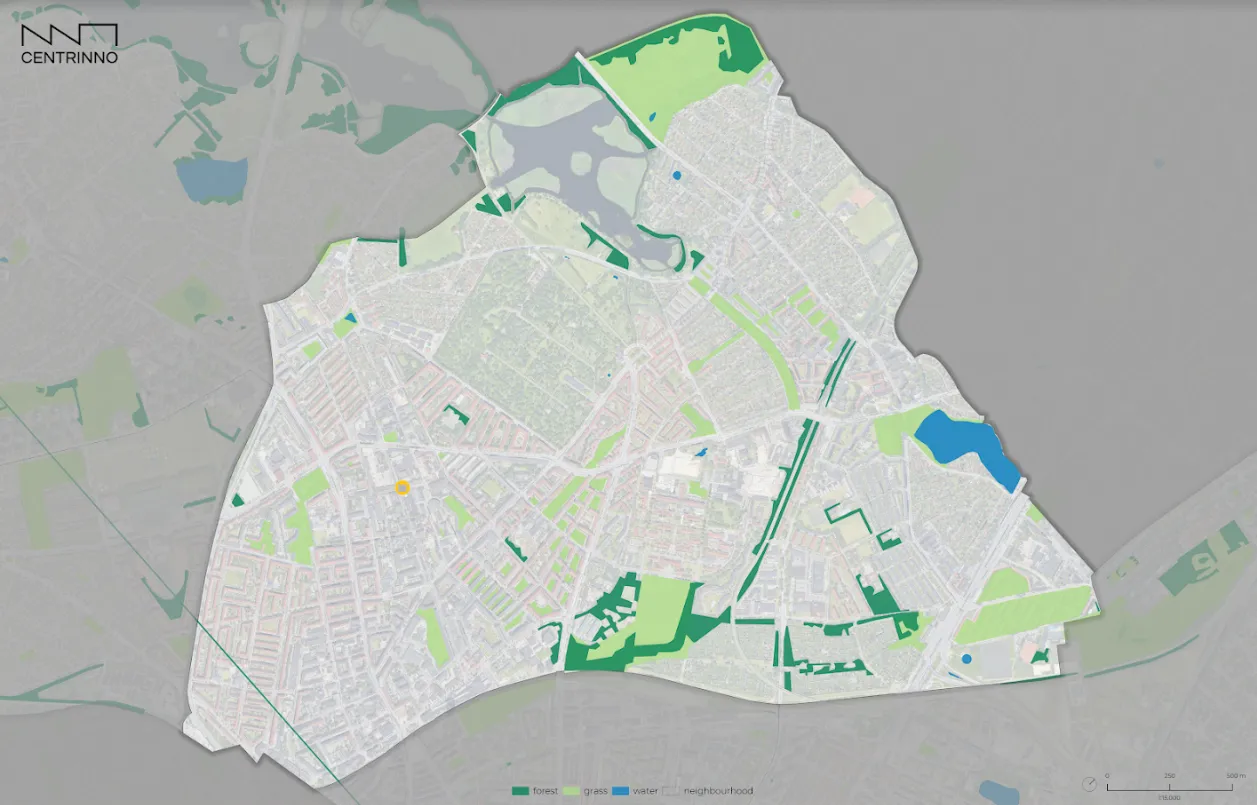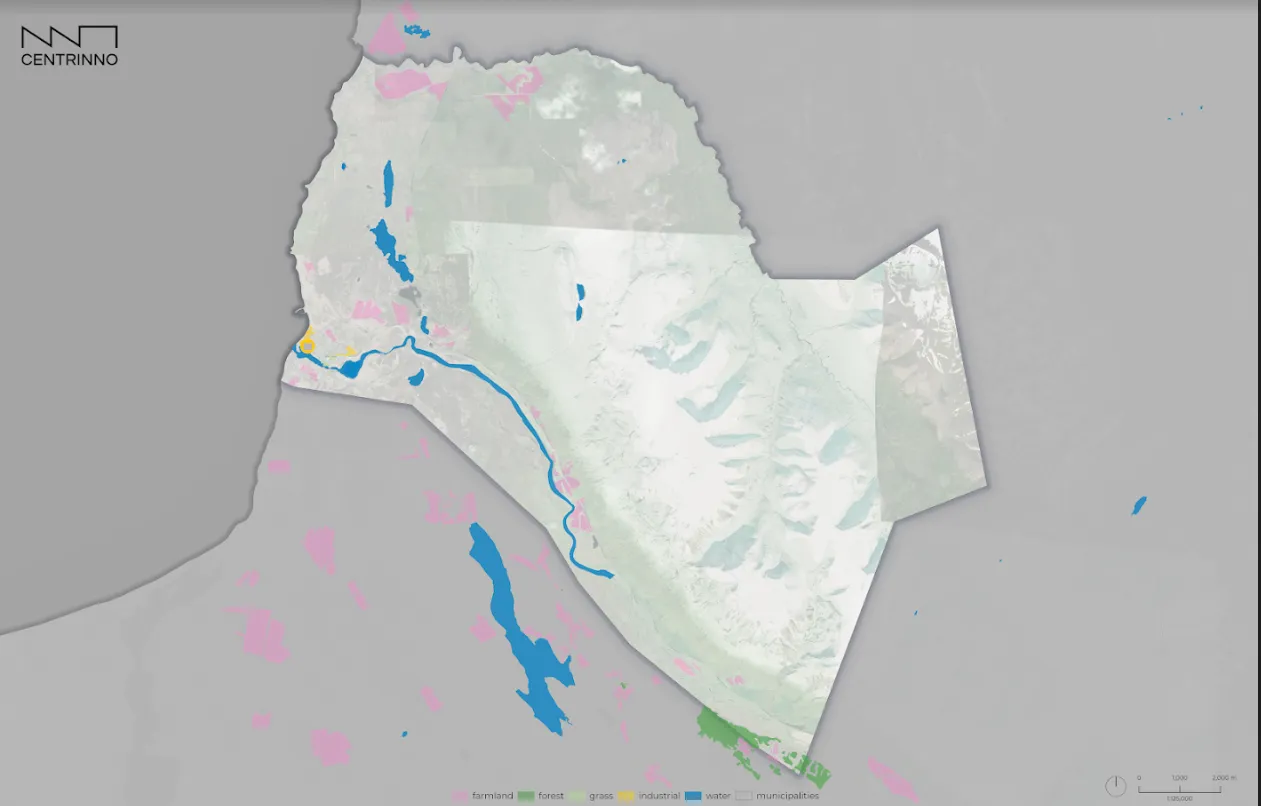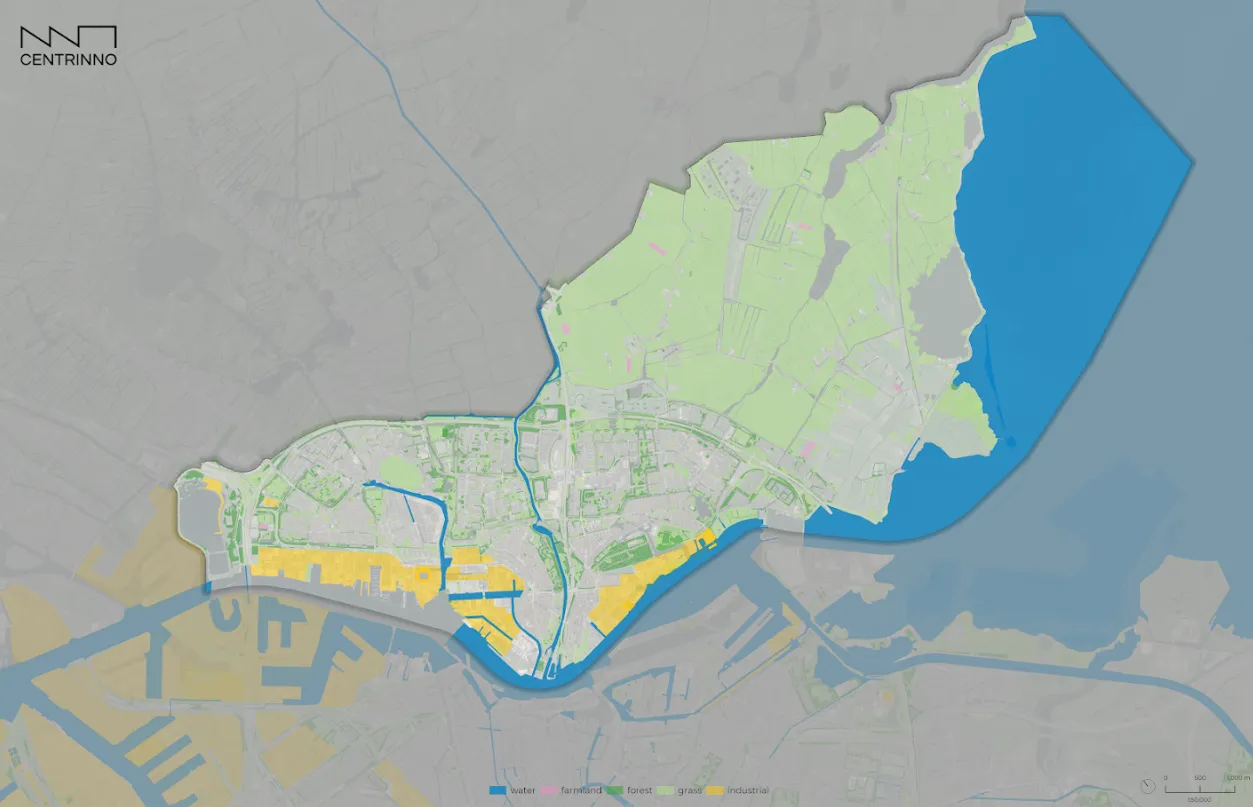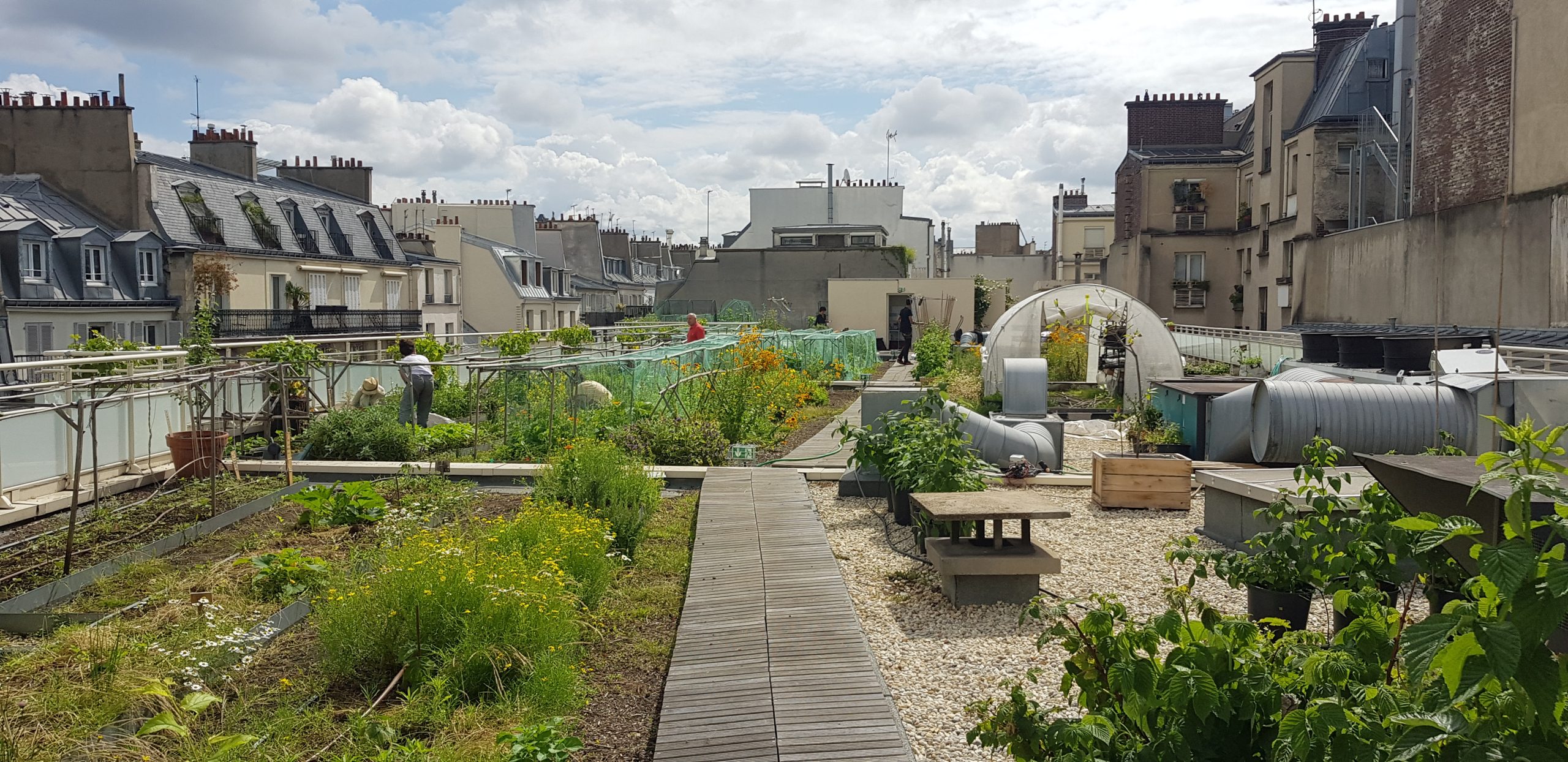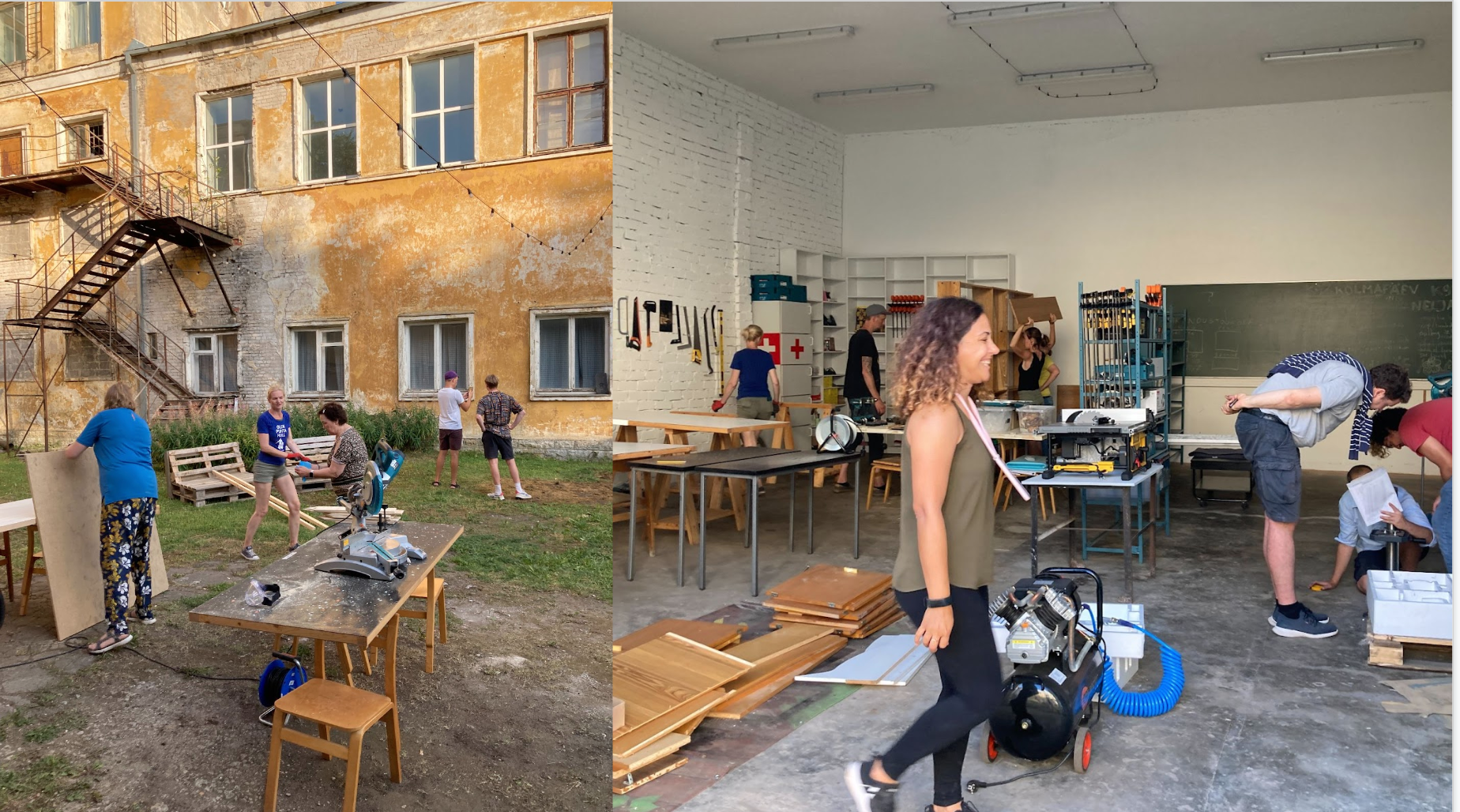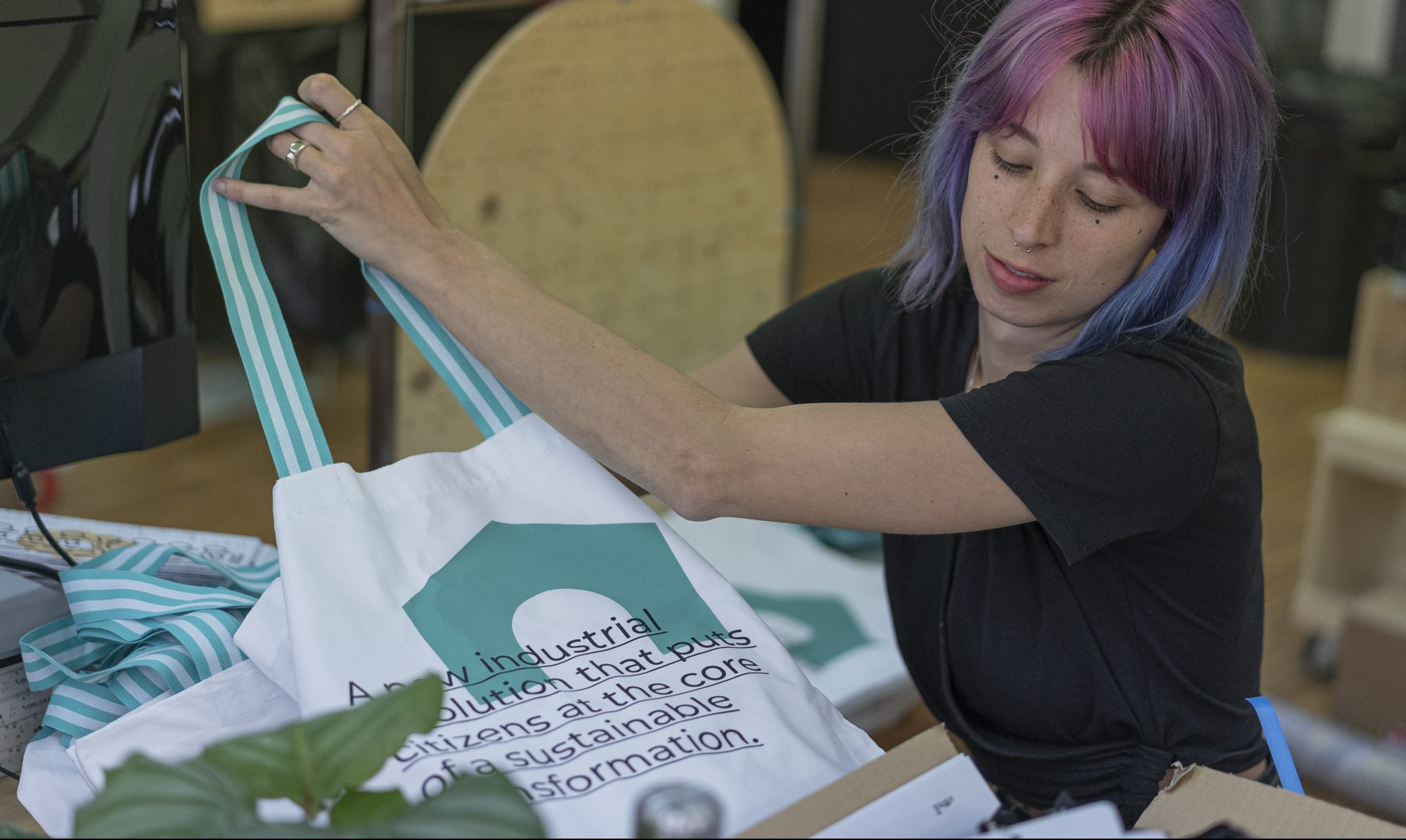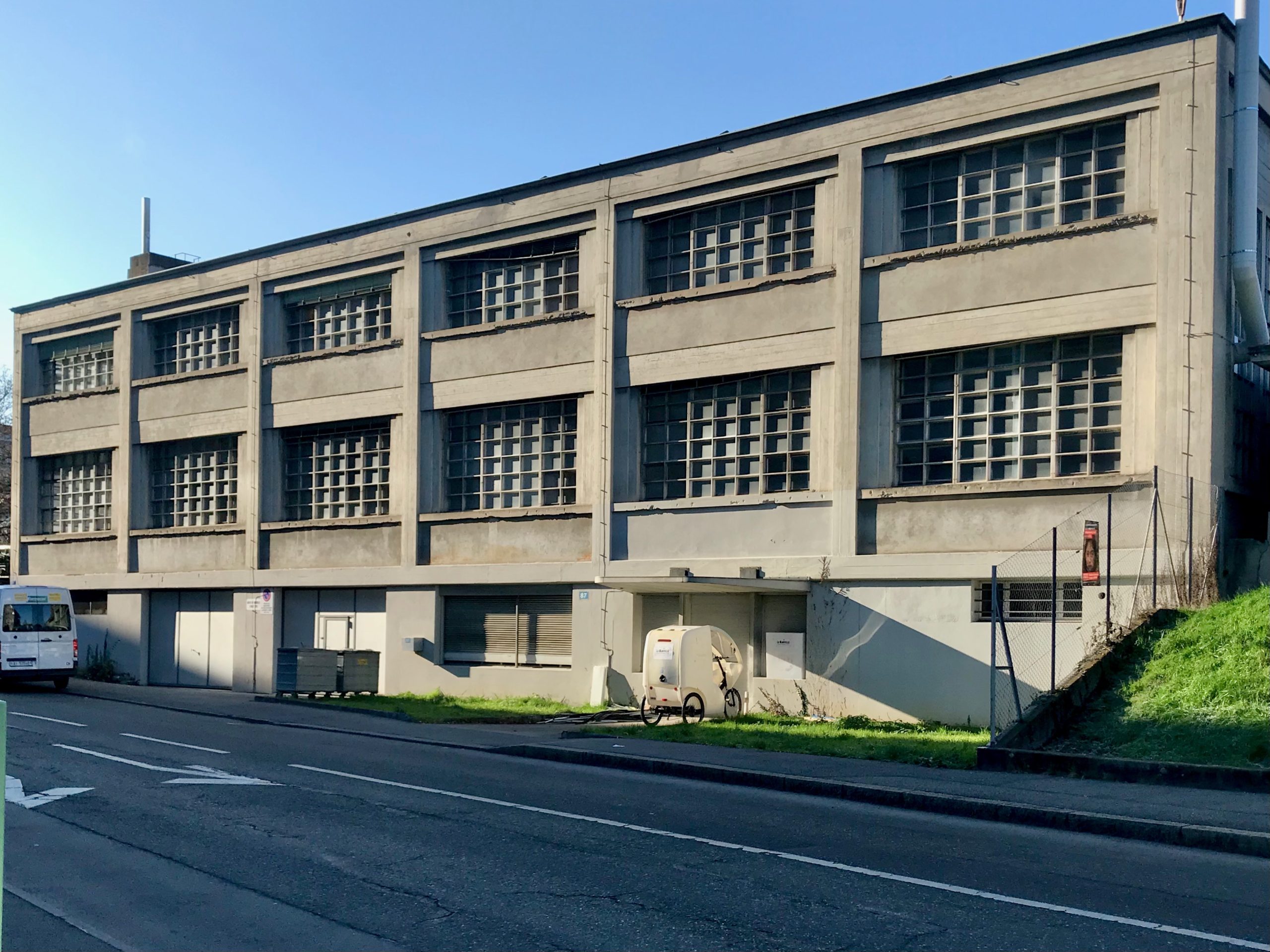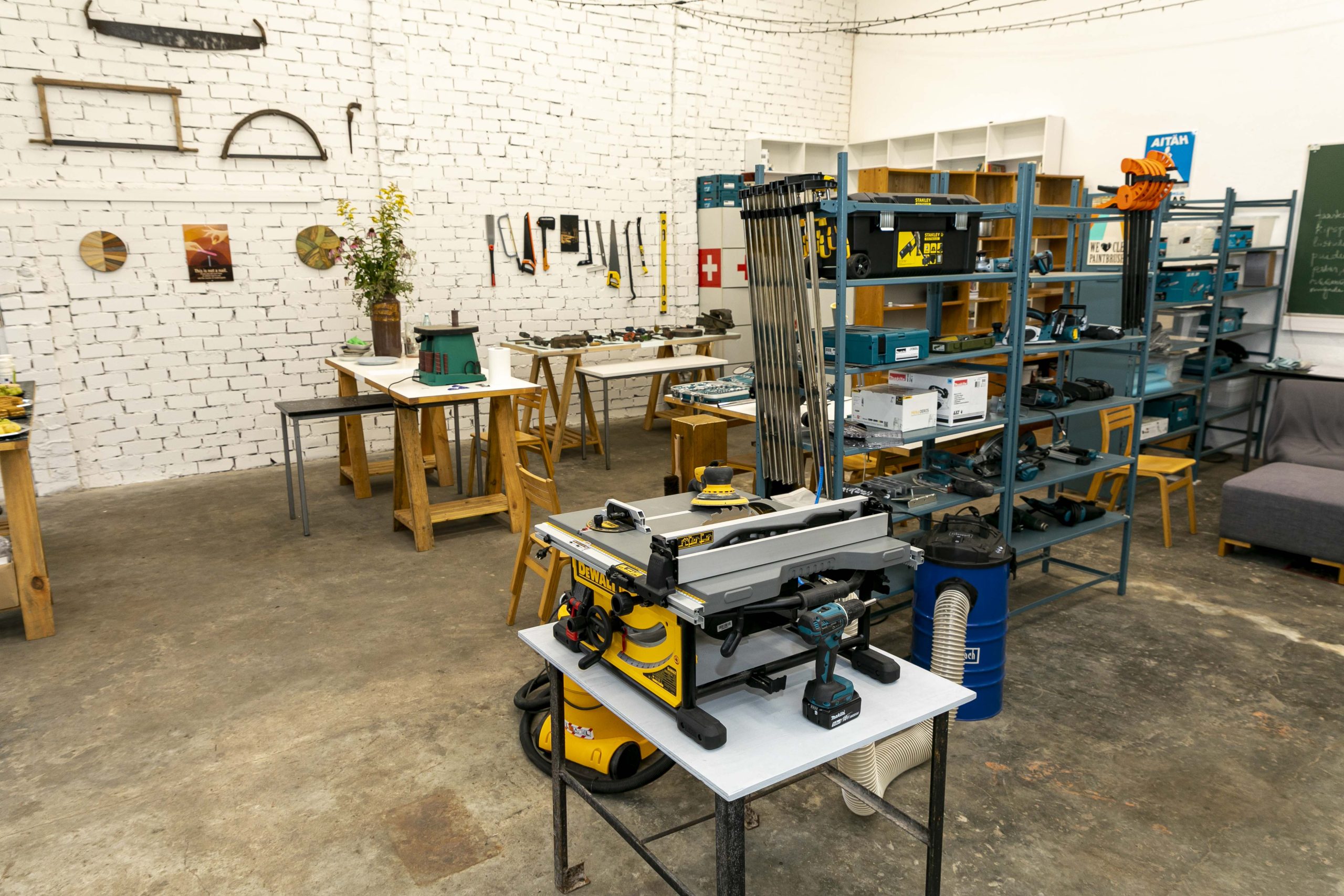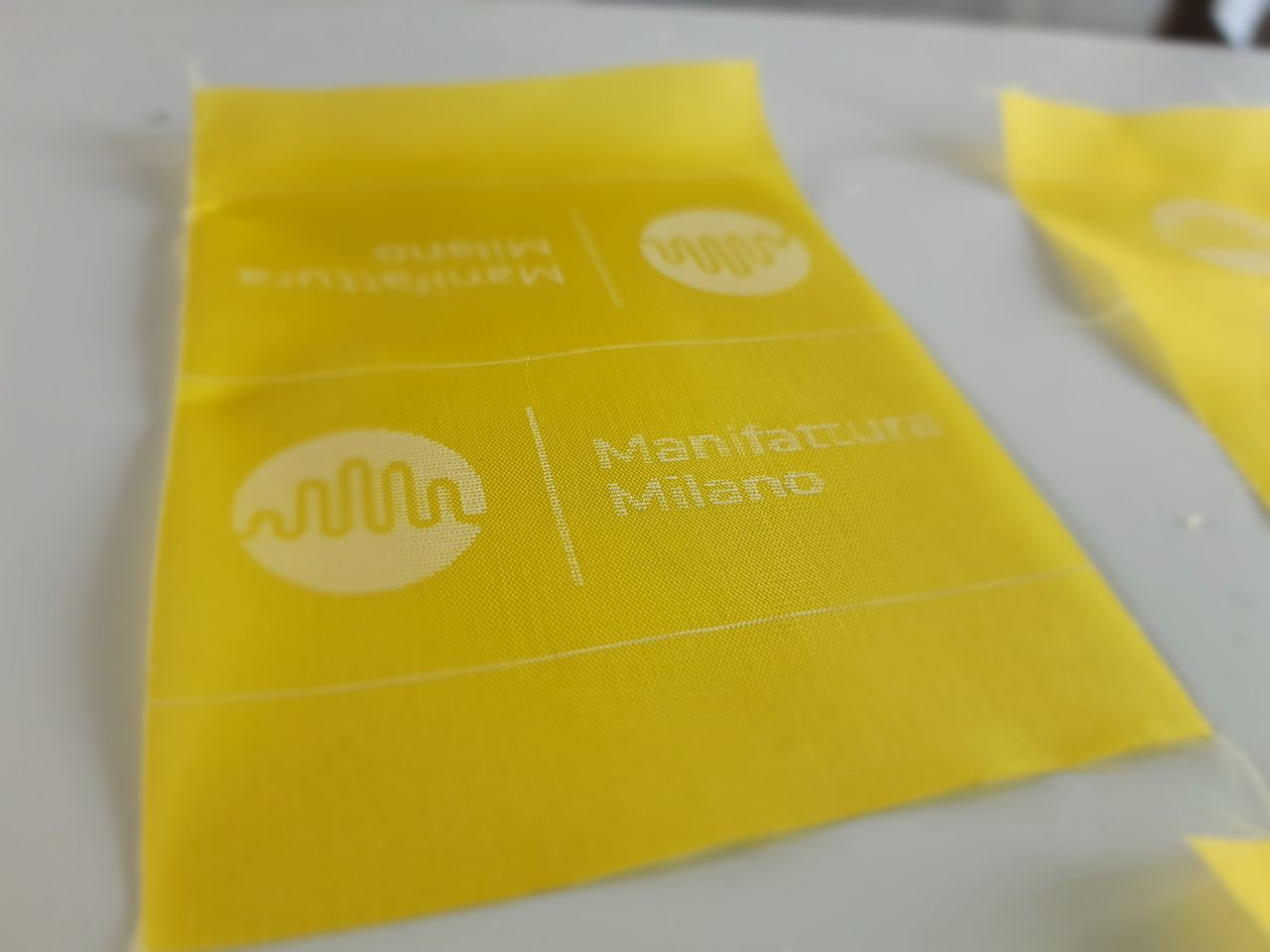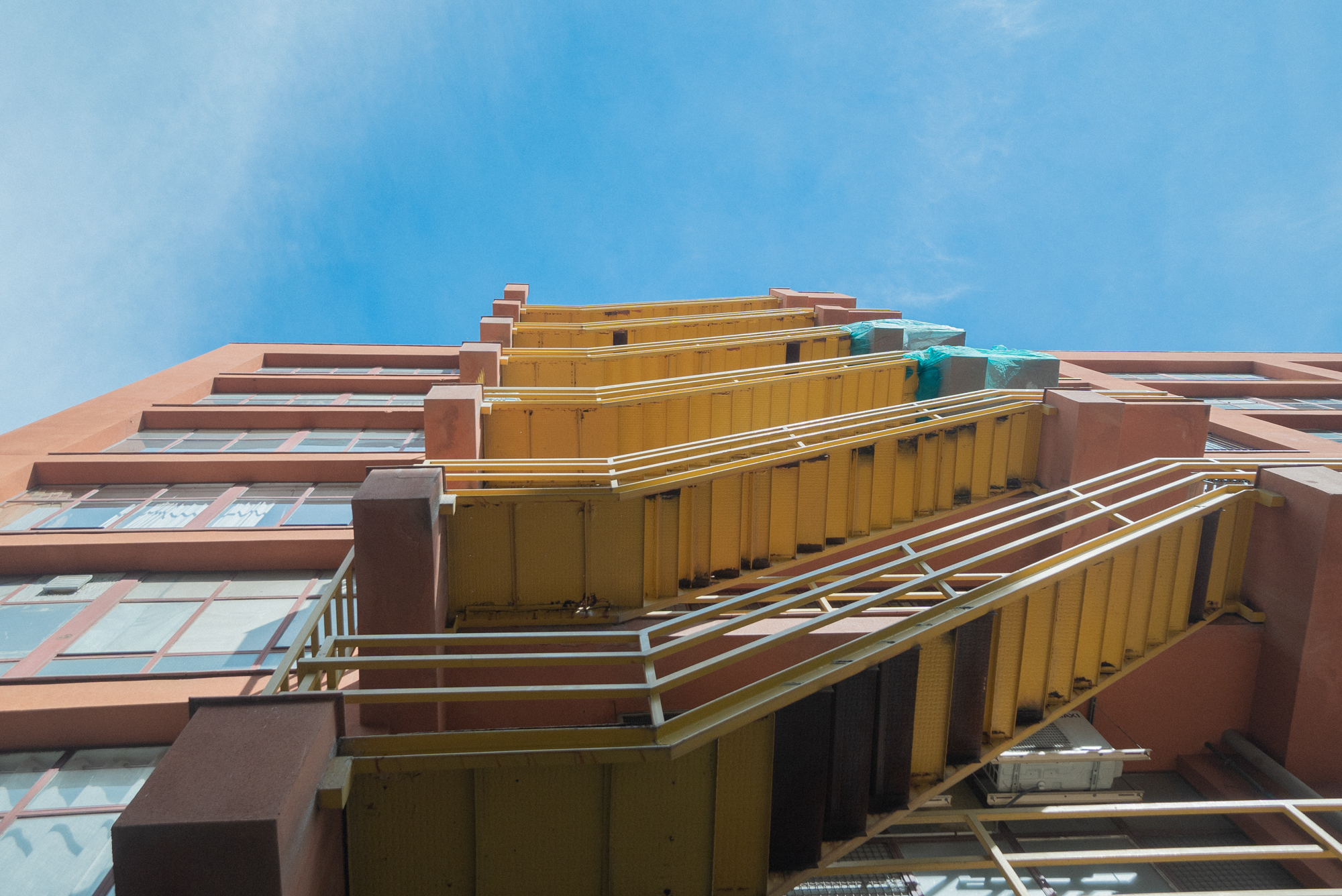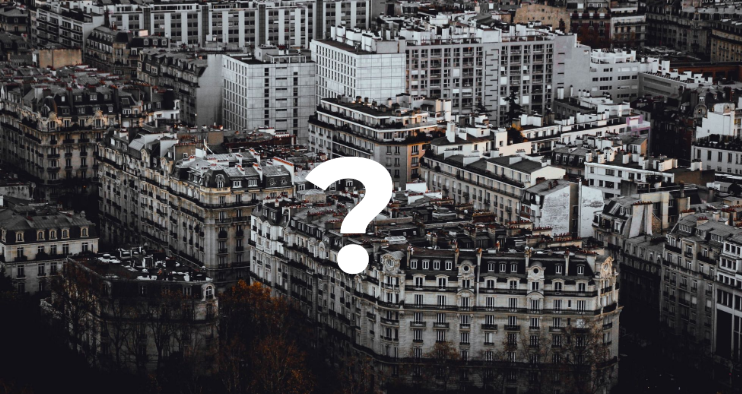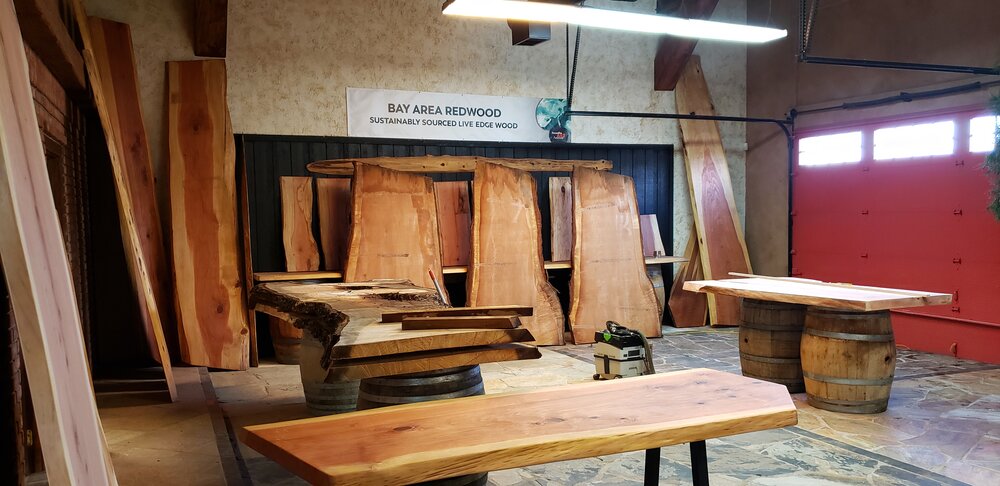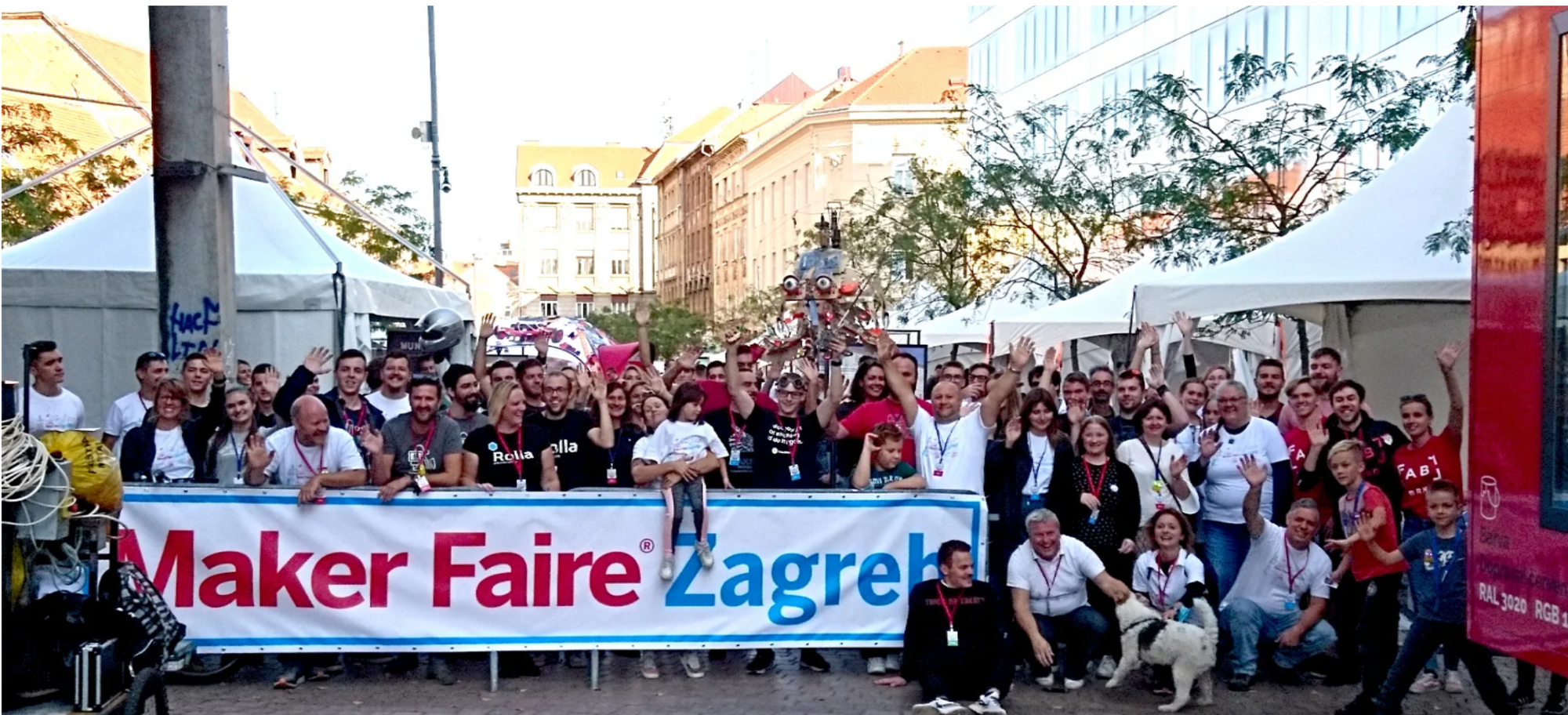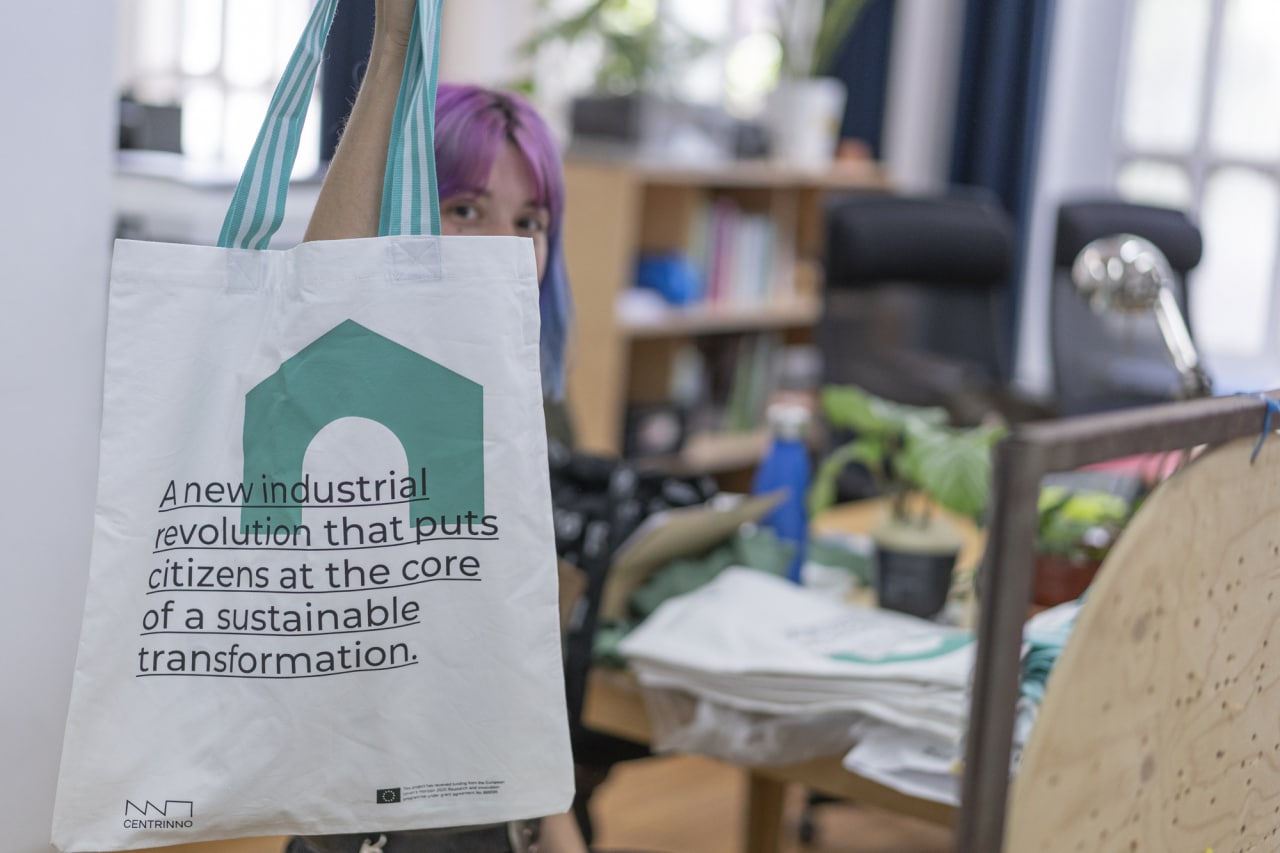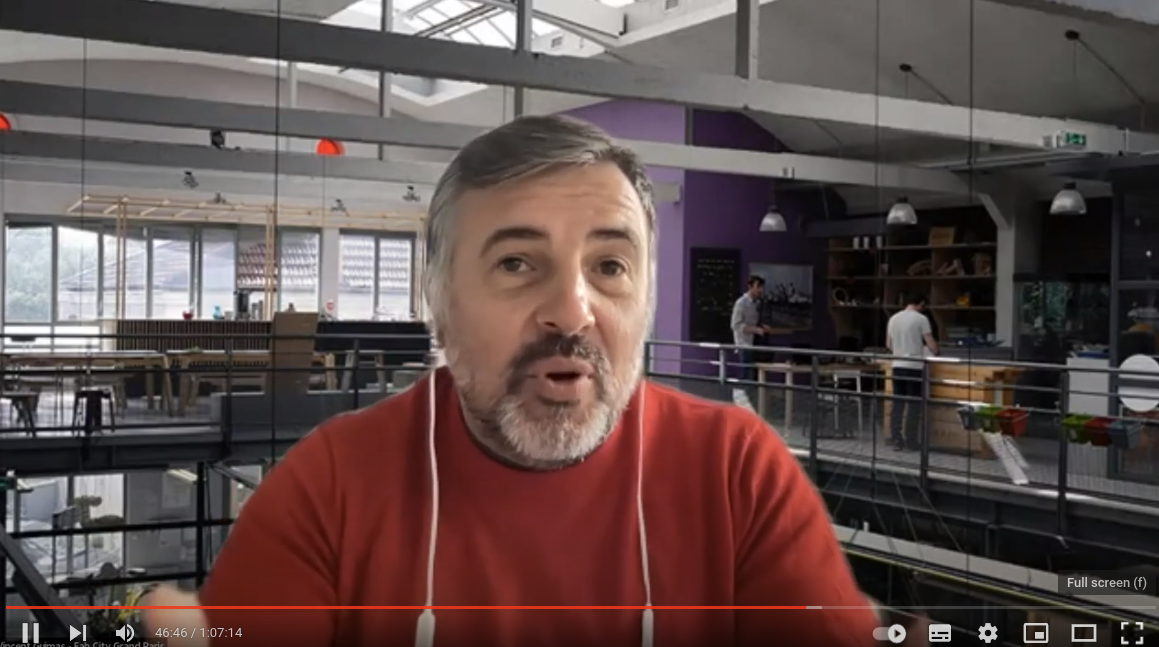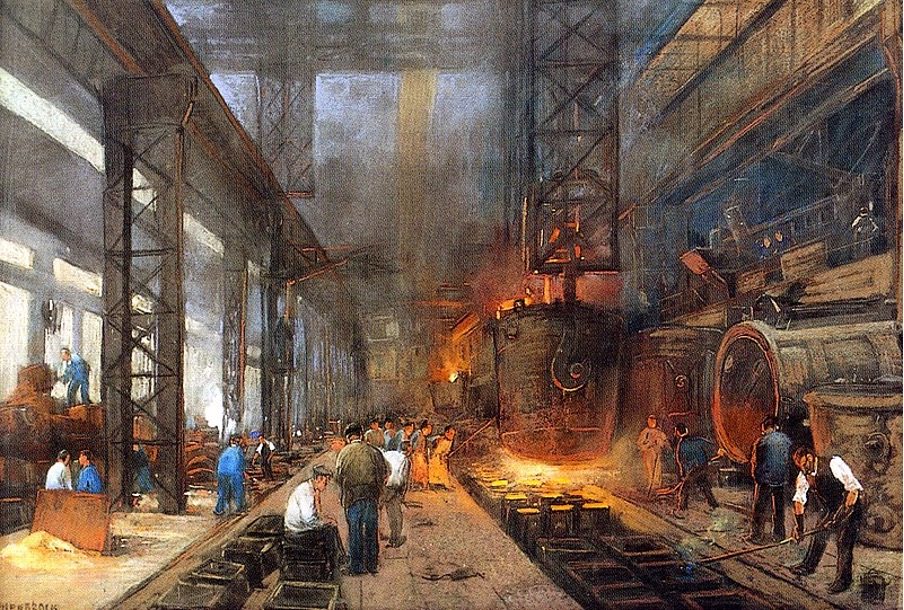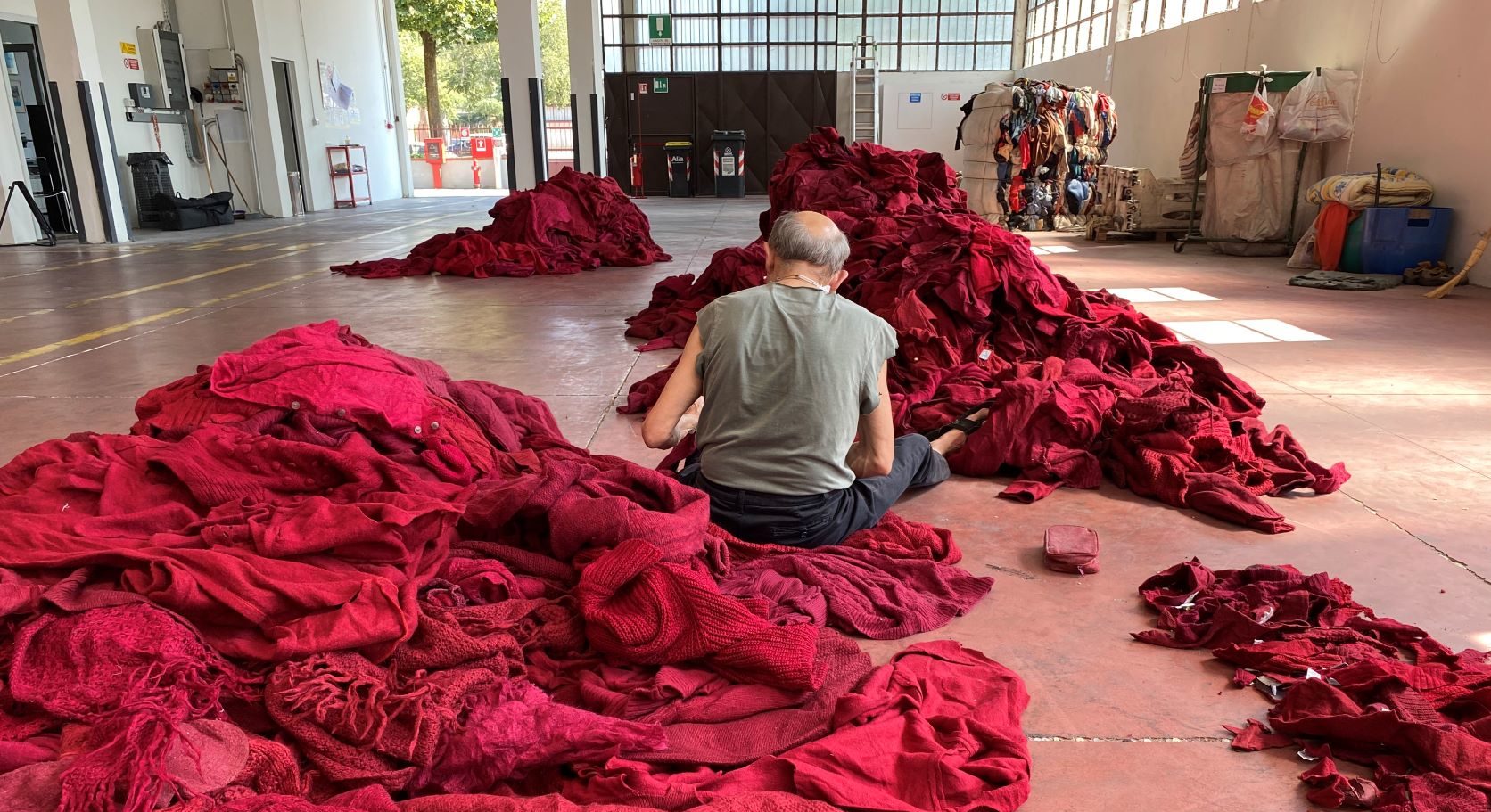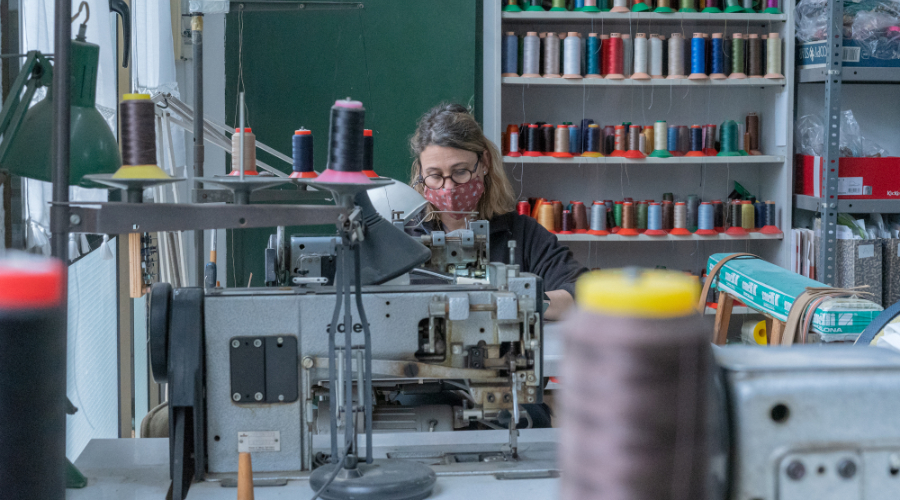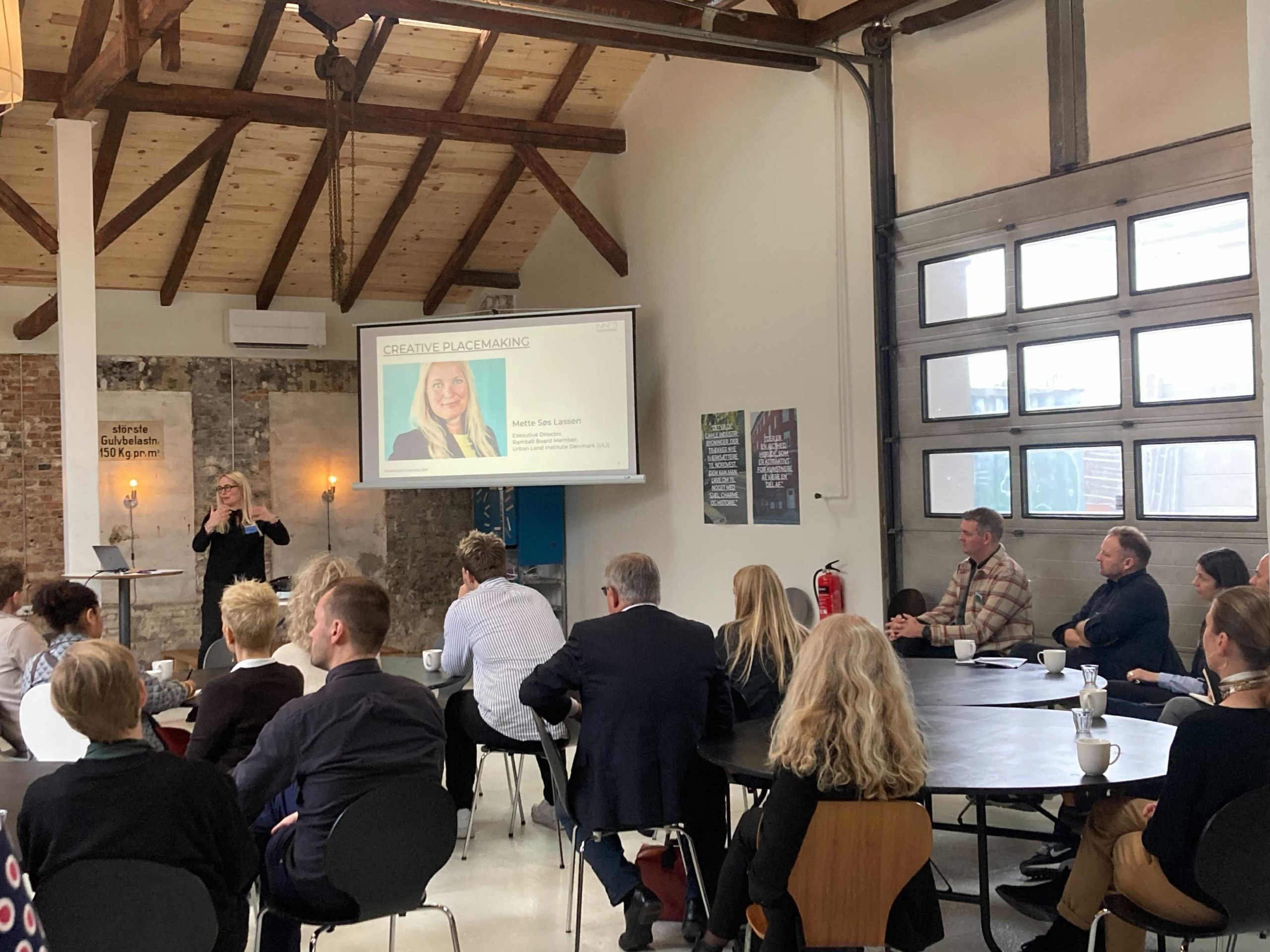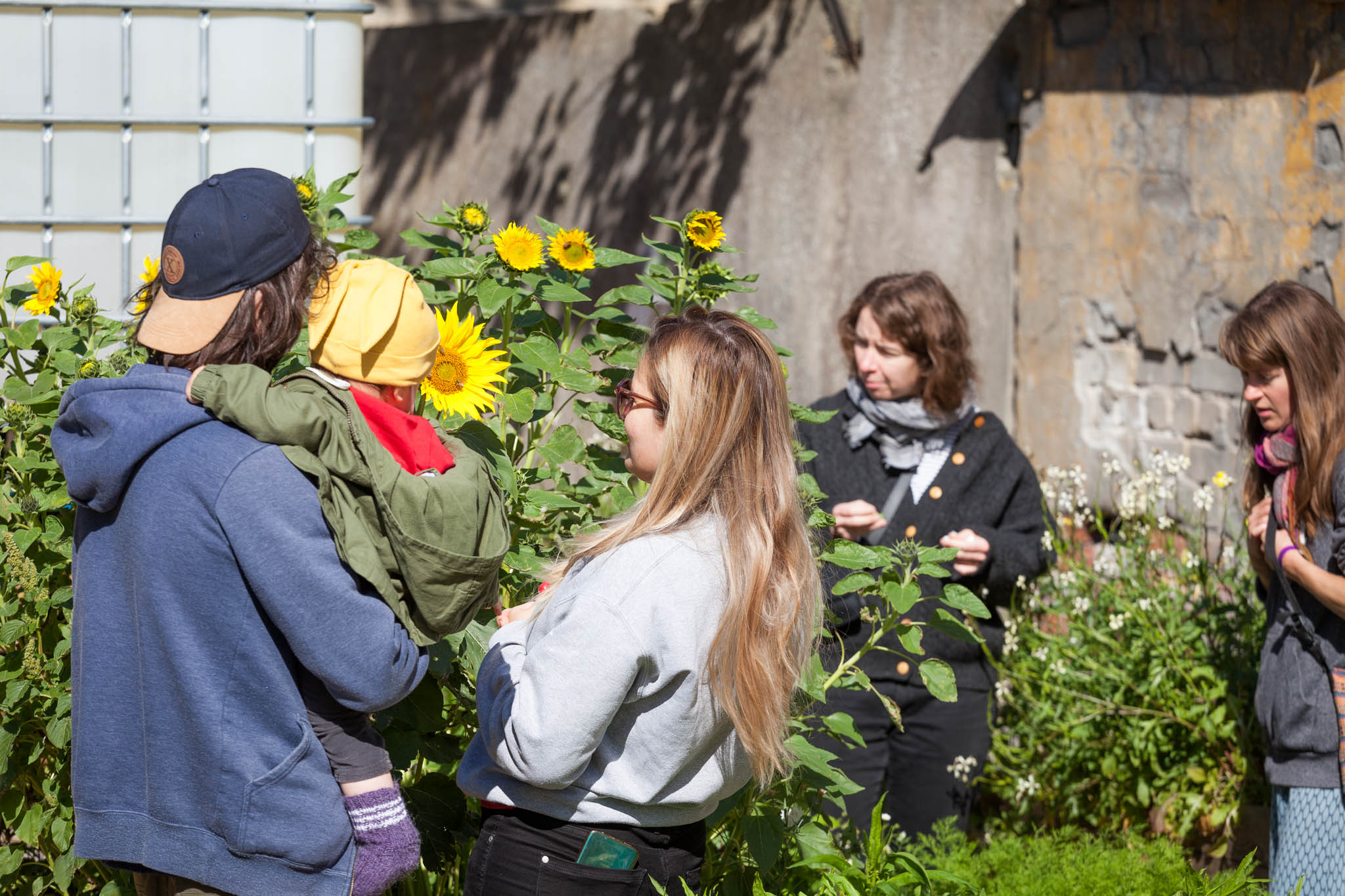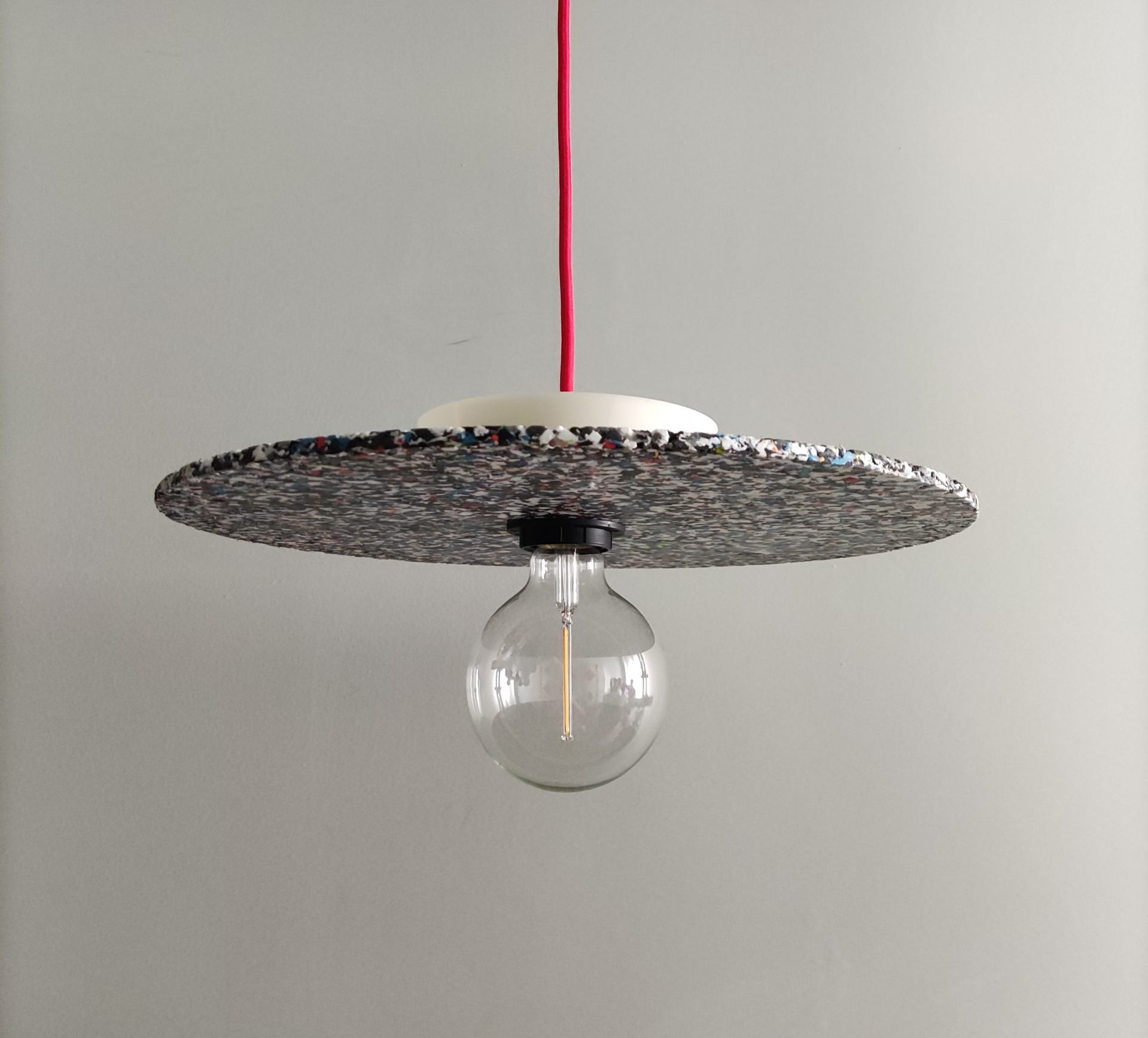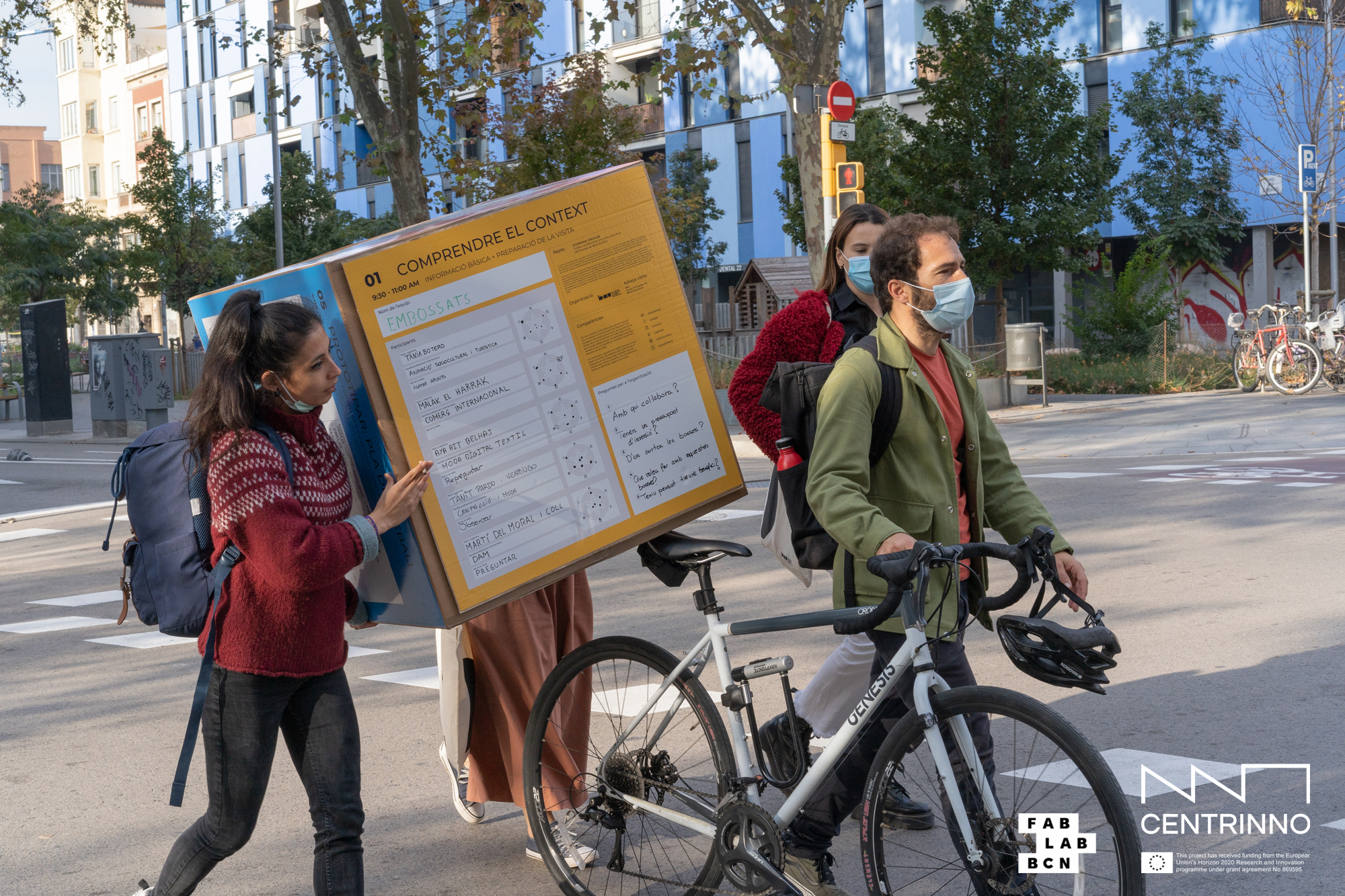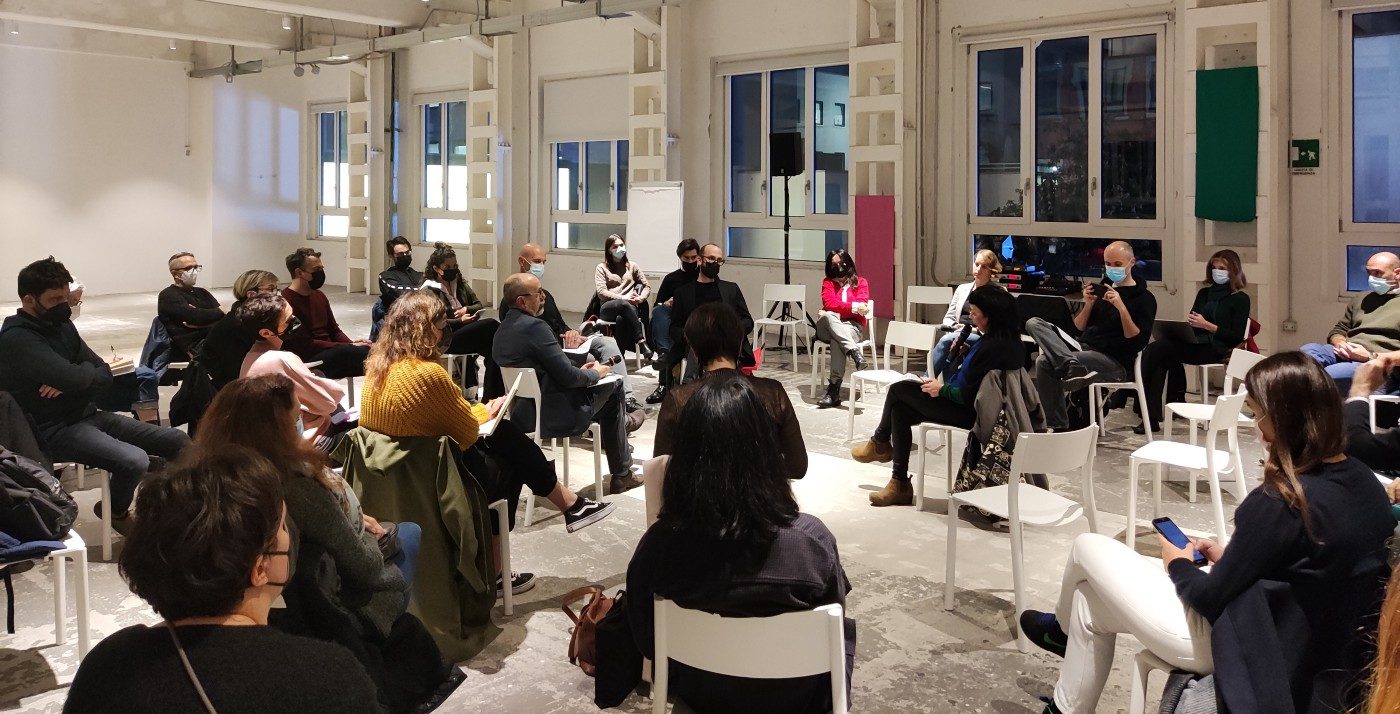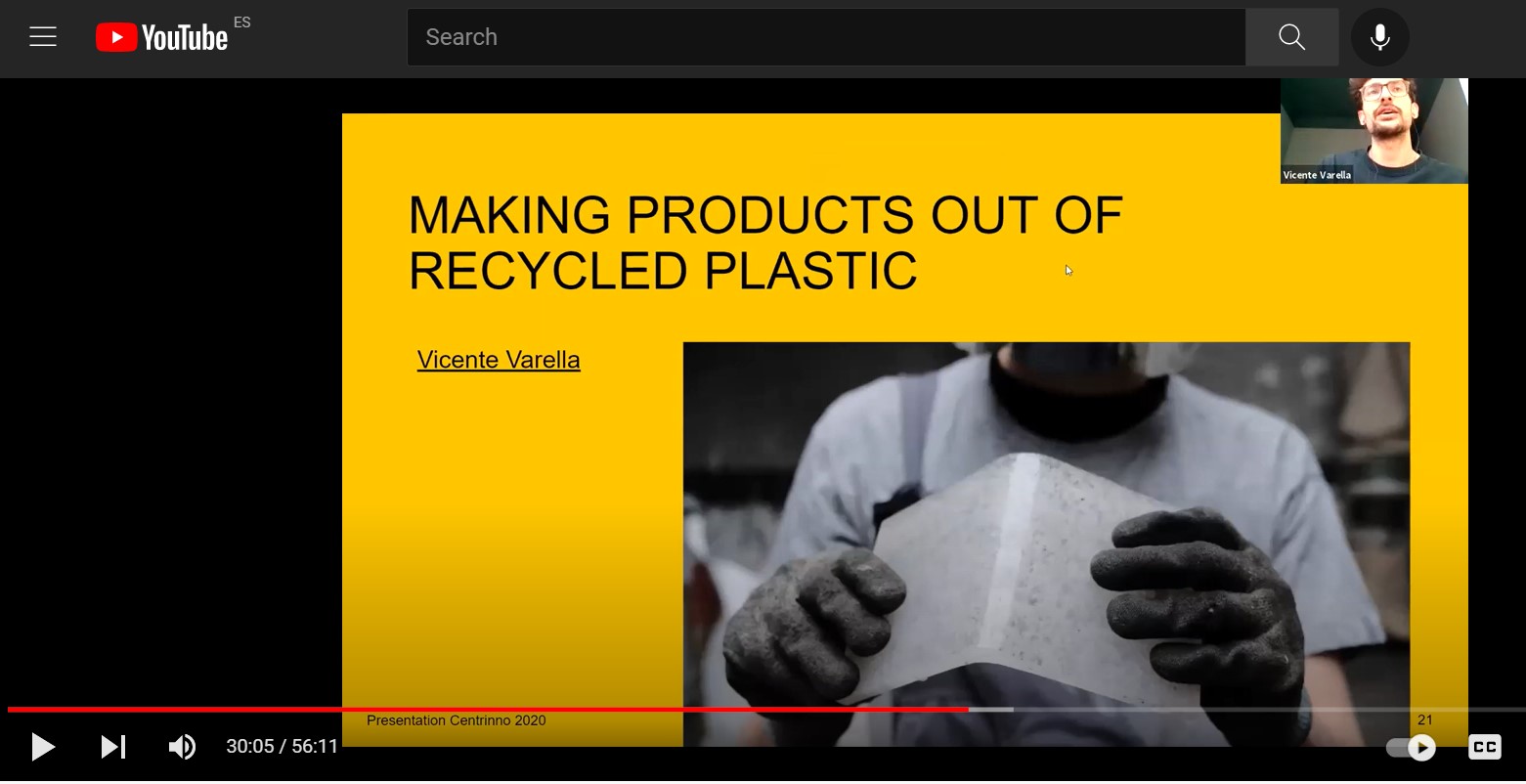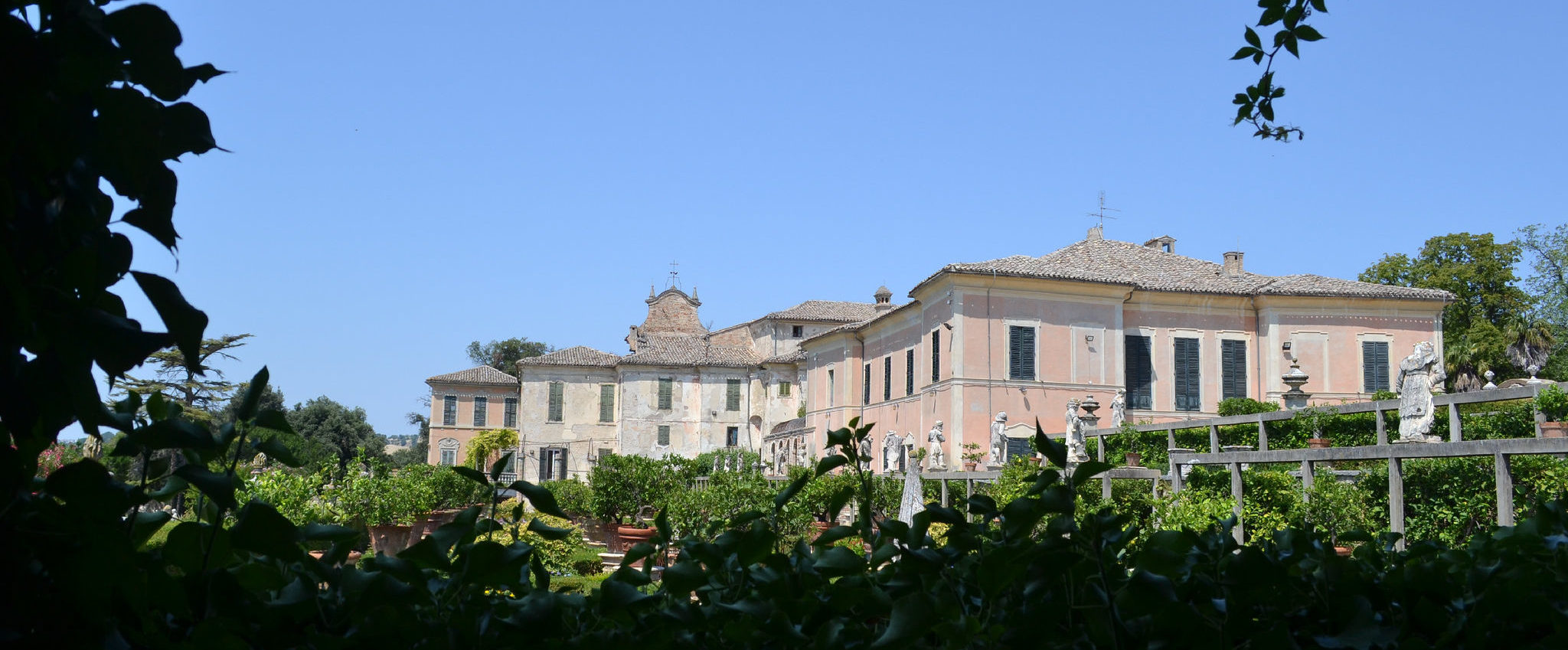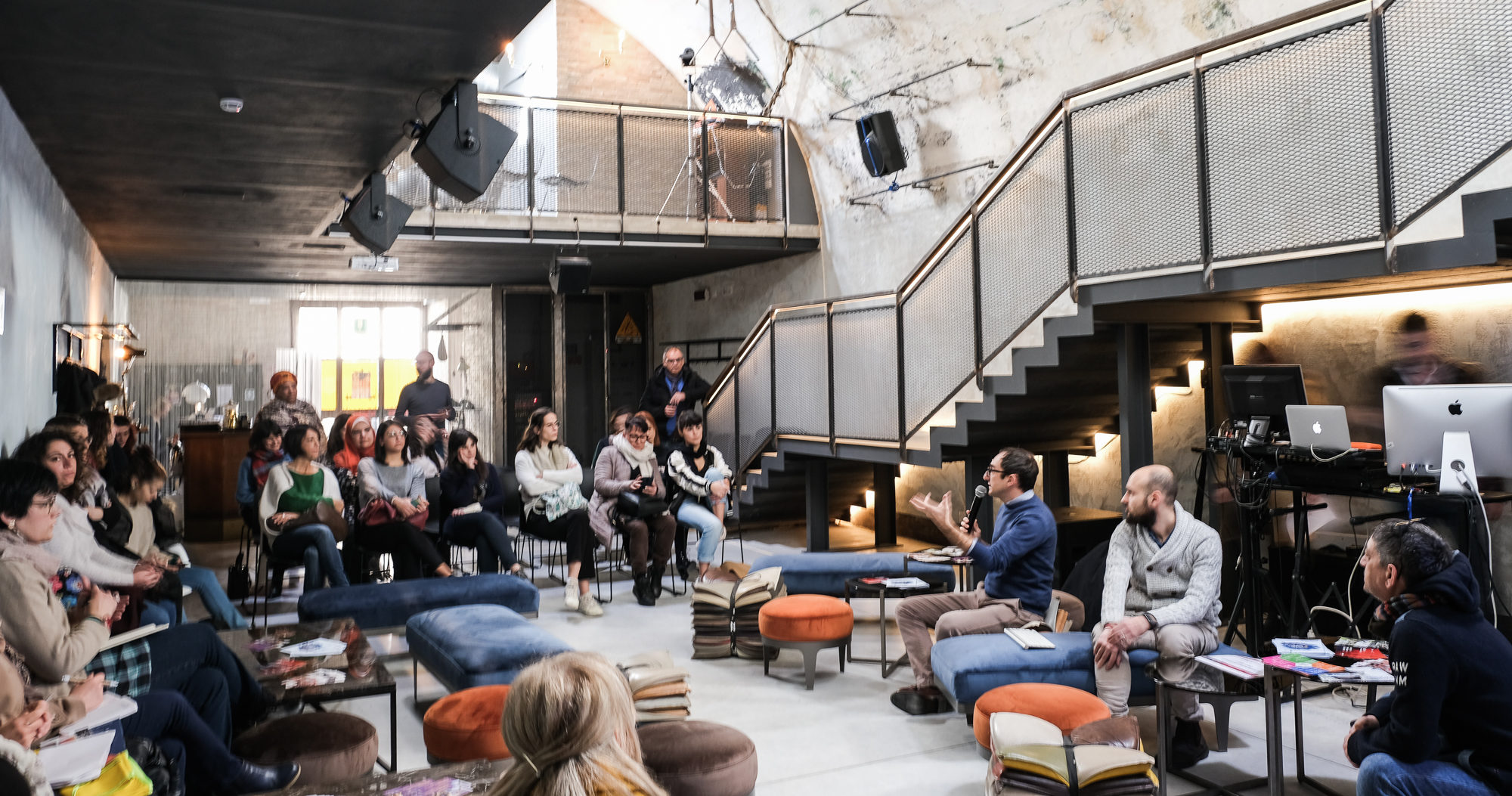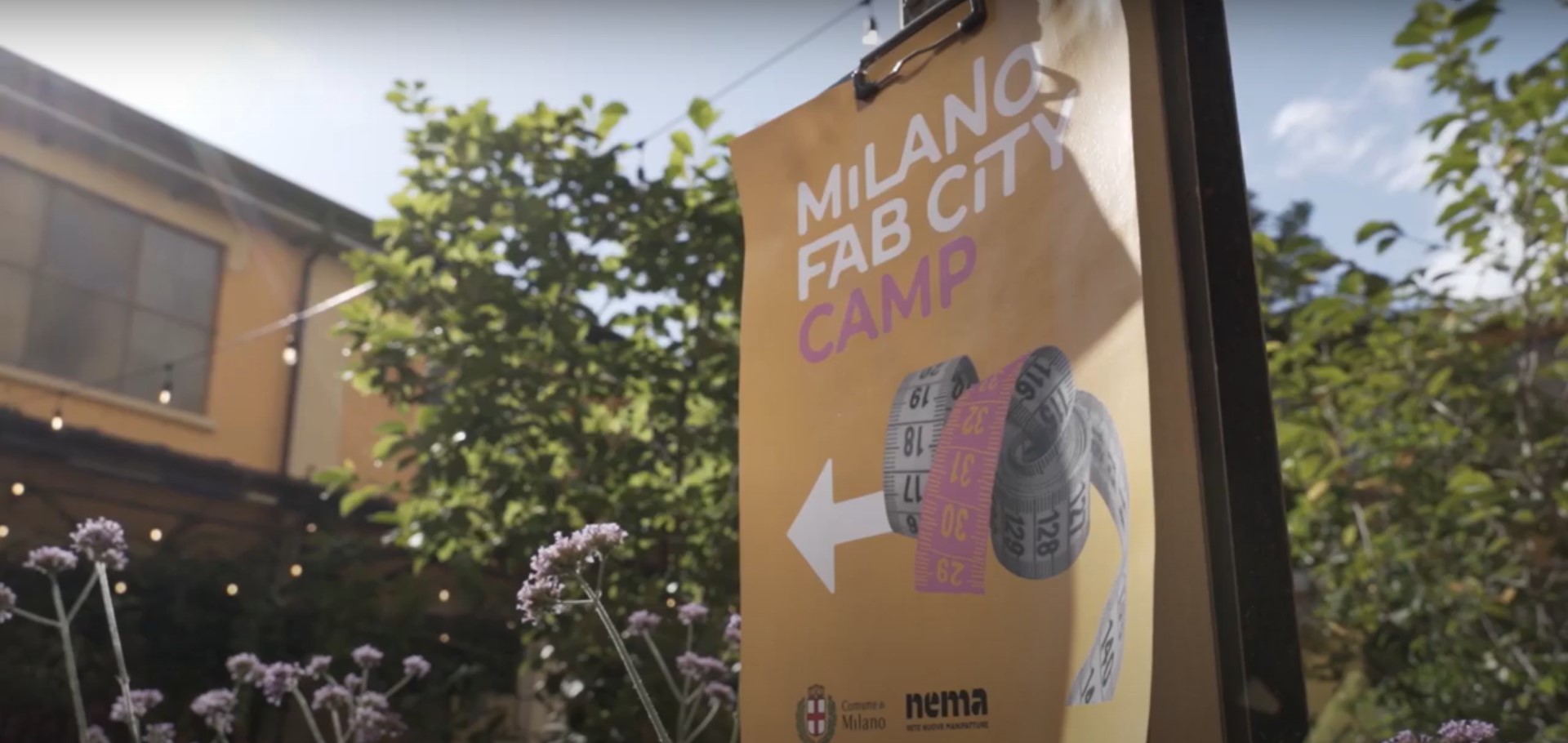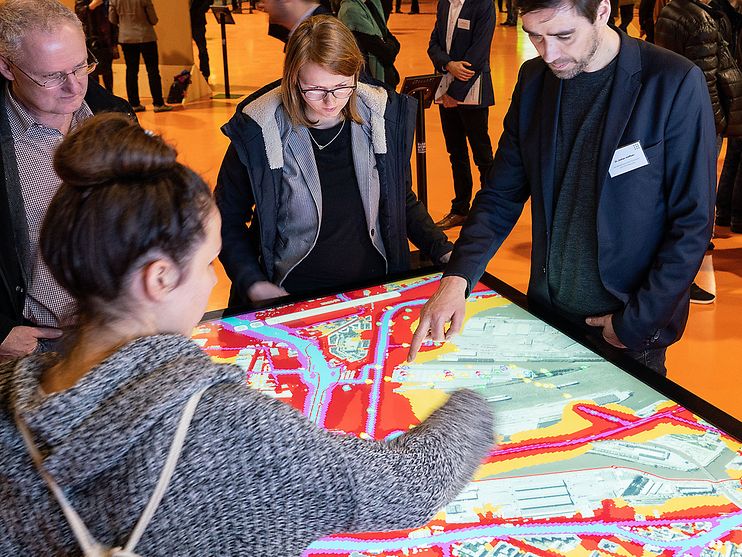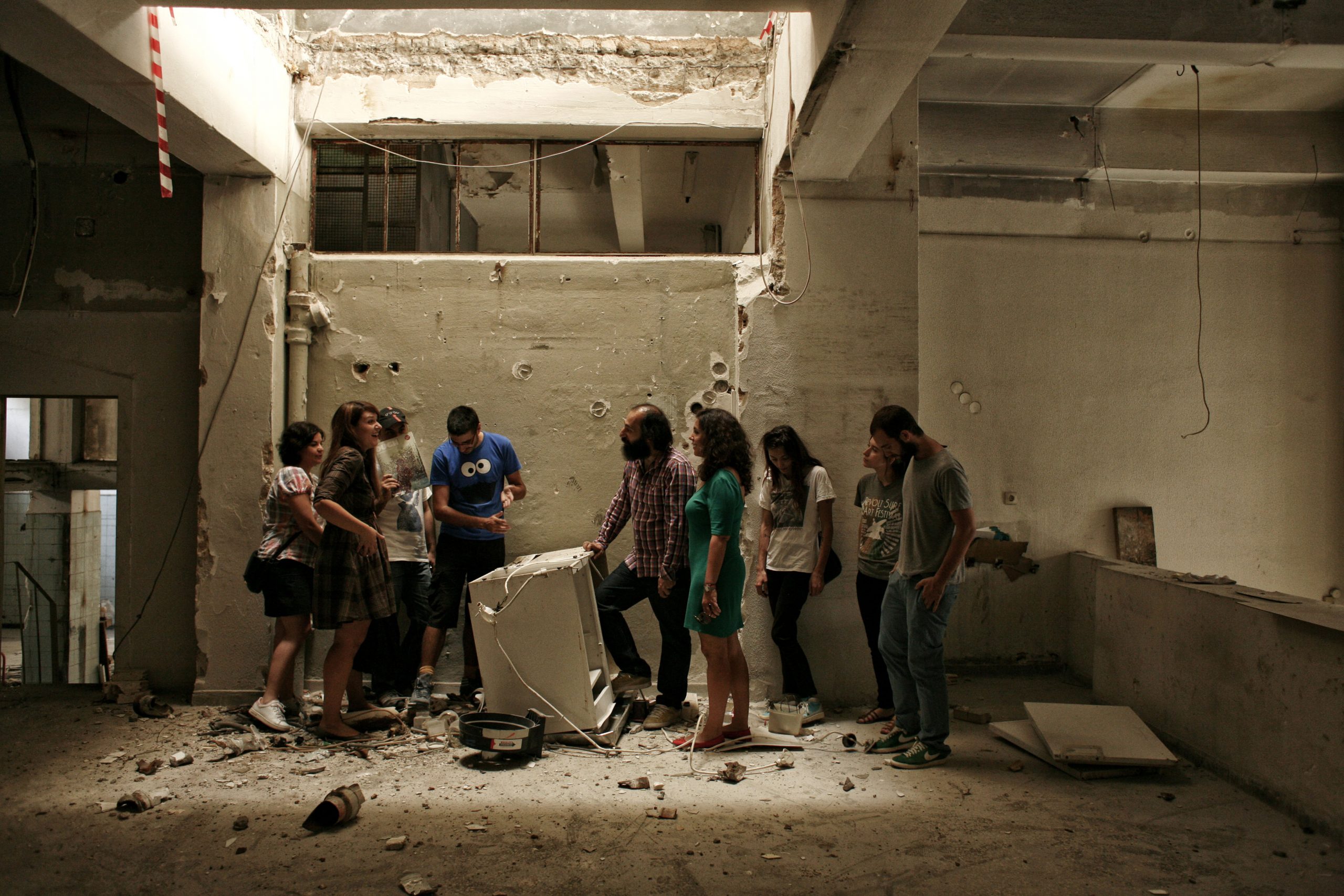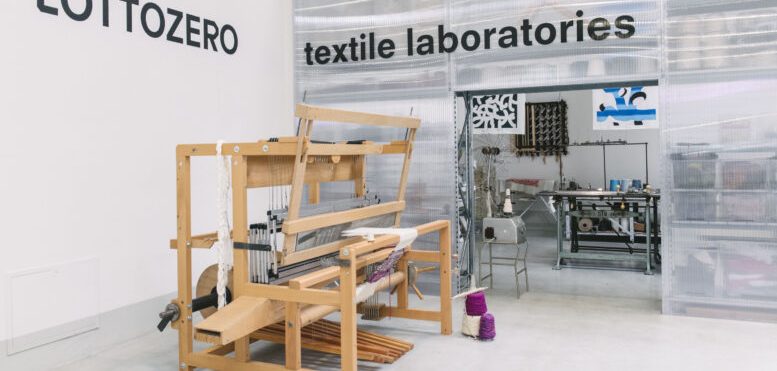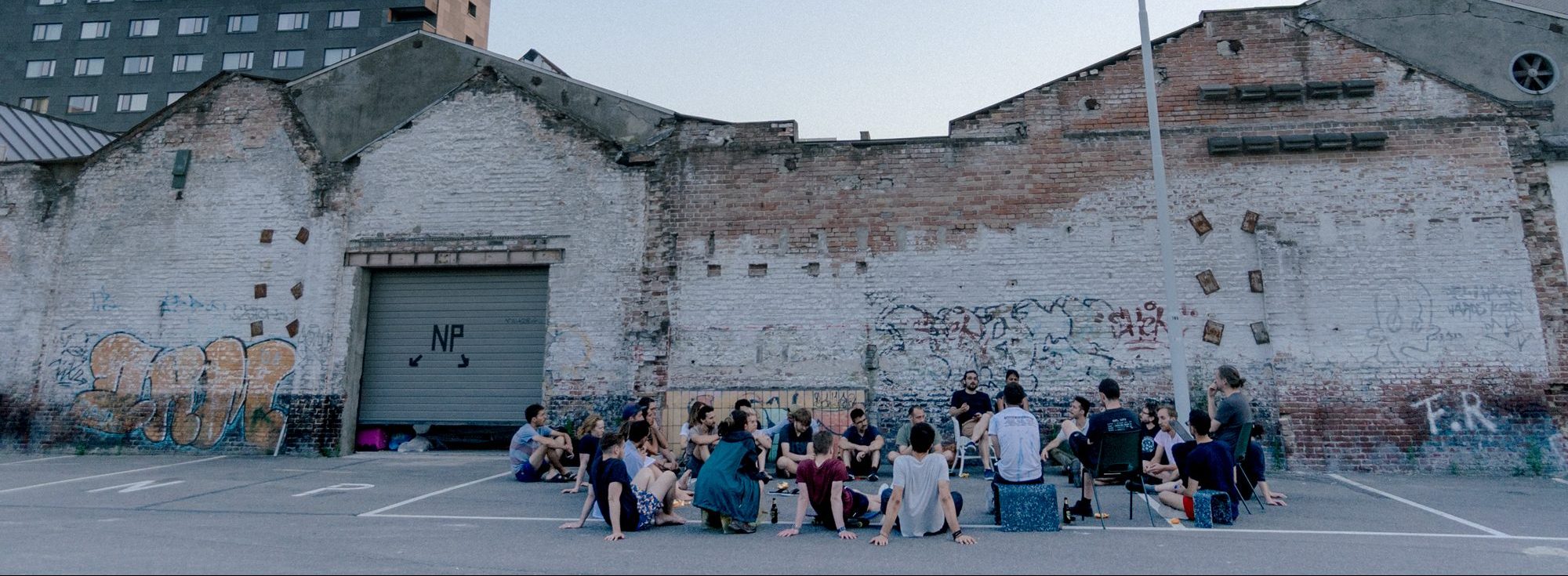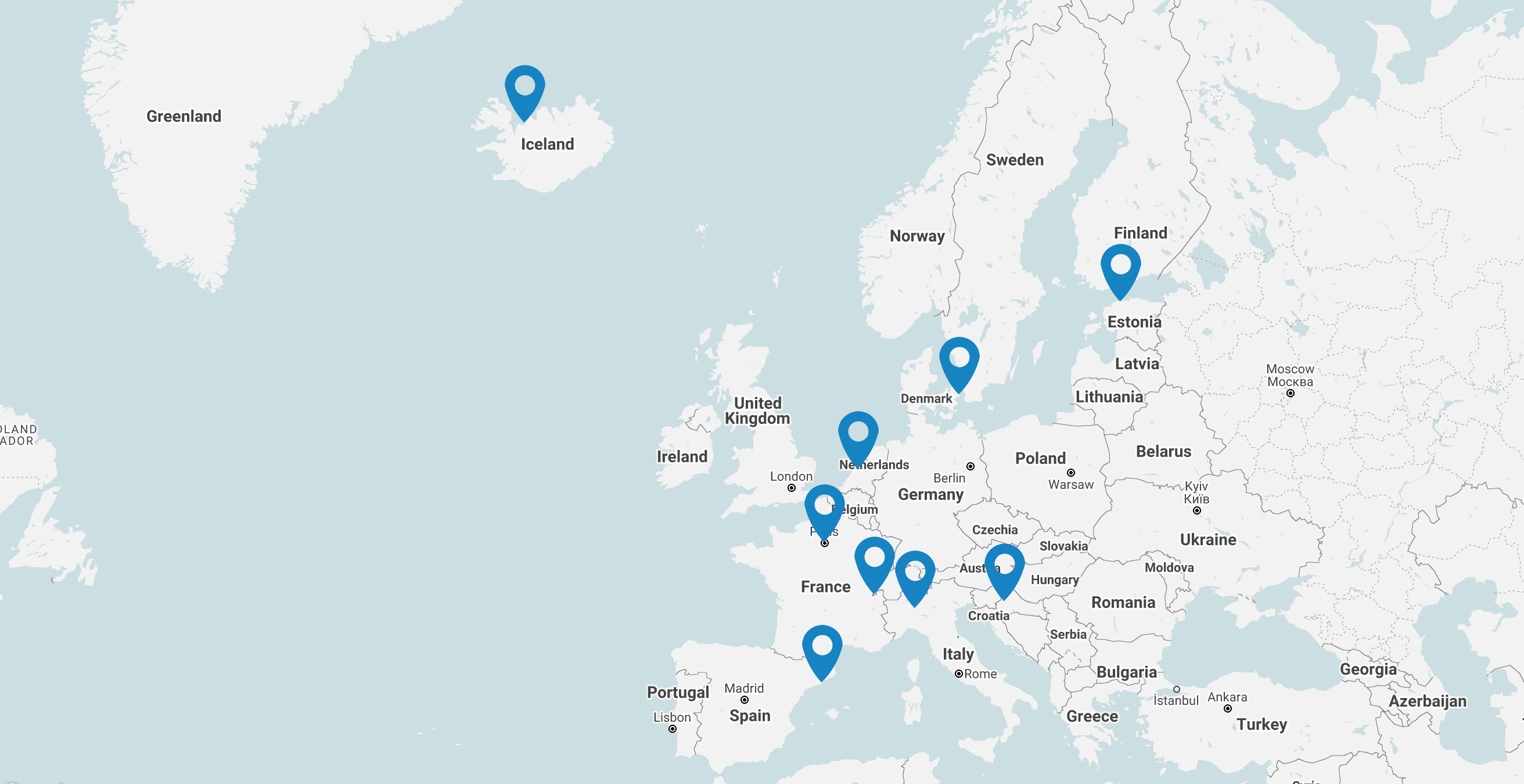BLOG
Regenerative Neighbourhoods on the Making
“A regenerative neighborhood embodies a harmonious blend of ecological restoration and cultural diversity. It is a community committed to healing the urban landscape by revitalizing natural ecosystems like local rivers, ponds, forests, and beaches. The neighborhood serves as a canvas where diverse cultural voices are not only heard but celebrated, fostering an inclusive environment that thrives on the richness of its inhabitants’ experiences.” Frenzi Ritter – Metabolic Institute
For three and a half years, CENTRINNO partners have experimented with new strategies and methodologies to support local communities in facilitating transformation processes towards regenerative neighborhoods. As the project nears its conclusion, our partners have worked together to make this experience easily accessible to a wider audience, with a collection of curated contents and platforms. In this article, we invite you to dig deeper into the CENTRINNO approach by presenting the Handbook – “Regenerative Neighbourhoods on the making”, and its associated Platforms’ and Pilots’ Blueprints. Both outputs are available in their full deliverable version on the resources page, respectively D1.3 Centrinno Handbook and D6.7 Blueprints and policy development guidelines for replicability and wider user.
Join us as we delve into the CENTRINNO voices with the presentation of an advocacy call, crafted by diverse CENTRINNO pilot voices, urging support from the EU, local policy makers and Fab City Hubs for cities transitioning towards regenerative urban models.
A Handbook to discover all about the CENTRINNO approach
The book ‘Regenerative neighbourhoods in the making’ retraces the practices of neighbourhood regeneration aims to make accessible the project’s methodology and to supports territorial change-makers, from policy agents and urban planners, to designers and citizens. The book gives to the reader a way to be more familiar with the topic of neighbourhood regeneration while at the same time being more equipped to develop local interventions to transform old industrial sites into locally productive hubs. It questions, opens, illustrates, and culturally embeds emerging practices of collective production in urban spaces as a plausible alternative to reconstruct the relationship between humans and natural resources at the hyper-local, regional and planetary scales. The book has been inspired by the CENTRINNO’s framework updated during the project by the work and lessons learnt from the partners.
Read it online or get a copy of the book by writing to your closest local CENTRINNO partners.
Get to know the main resources of the project thanks to the Platforms’ Blueprints
The CENTRINNO platforms played a crucial part in supporting pilots’ micro missions, where platform owners collaborated closely with pilot teams to customize project resources according to their specific requirements and situation. Aligned with the CENTRINNO key concepts, each platform was conceived through participatory iterations and feedback, drawing from their applications within diverse pilot territories.
The CENTRINNO Platforms’ blueprints include an overview of the following resources:
- The Fab City Hubs Toolkit, designed as a dynamic resource, aiming to comprehensively capture and outline the essential steps involved in conceptualizing, establishing, and effectively managing FCHss.
- The CENTRINNO Cartography, deployed as a tool for visualizing both tangible and intangible resources within the sites of pilot cities, unlocking possibilities for a circular approach to urban resource management.
- The Living Archive, an open access platform containing stories stemming from (post-) industrial sites with the purpose of helping communities to imagine what can be broadly described as a new ‘critical heritage of making’, and enable the creation of inclusive Fab City Hubs.
- CENTRINNO Schools, dedicated to facilitating various training activities, including vocational programs, with a focus on bridging the gap between classroom learning and real-world societal challenges.
- and the CENTRINNO Network, aimed at exploring local collaboration to address urban challenges to global knowledge exchange within a broader community.
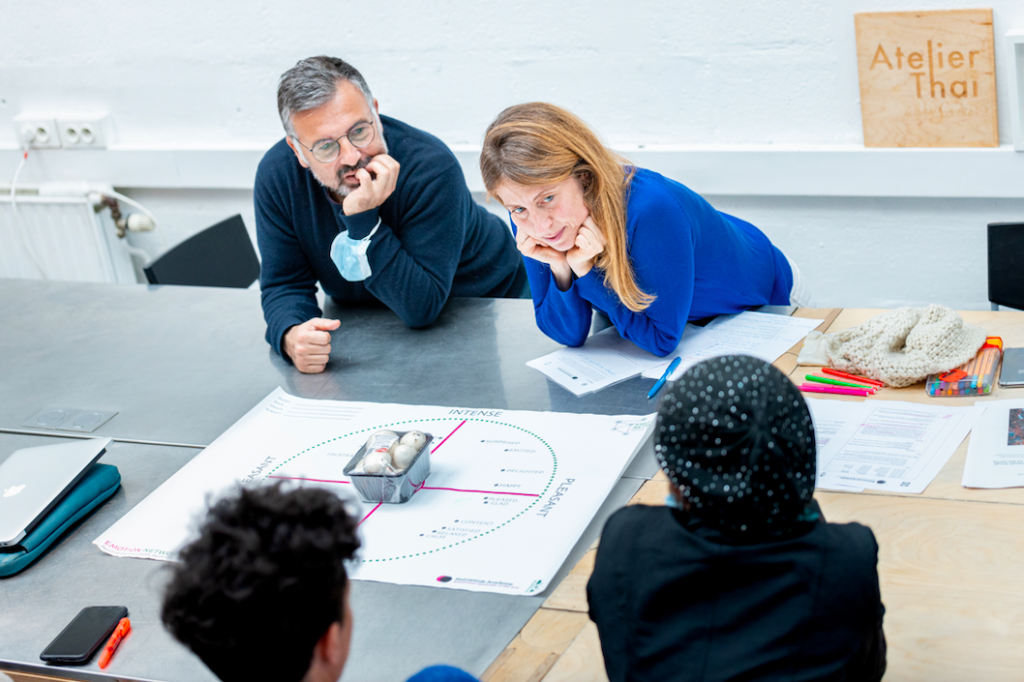
Photo by: Paris pilot
Enter in the practices of what the nine cities did with the Pilots Blueprints
The CENTRINNO Pilots’ blueprints function as a source of inspiration showcasing how different European cities were empowered and trained to test, iterate and implement resources developed by this dynamic consortium. In parallel, the distributed local pilots, leveraging their diverse expertise, formulated bottom-up strategies, methodologies, and tools tailored to their specific needs and contextual realities The blueprints presented in this report encapsulate a summarized version of the main micro missions, journeys and outputs achieved by the CENTRINNO pilot cities in meeting the initial challenges and established expected impacts. They finally delve into potential policy recommendations aimed at promoting regenerative practices, steering cities towards more regenerative and productive urban development.

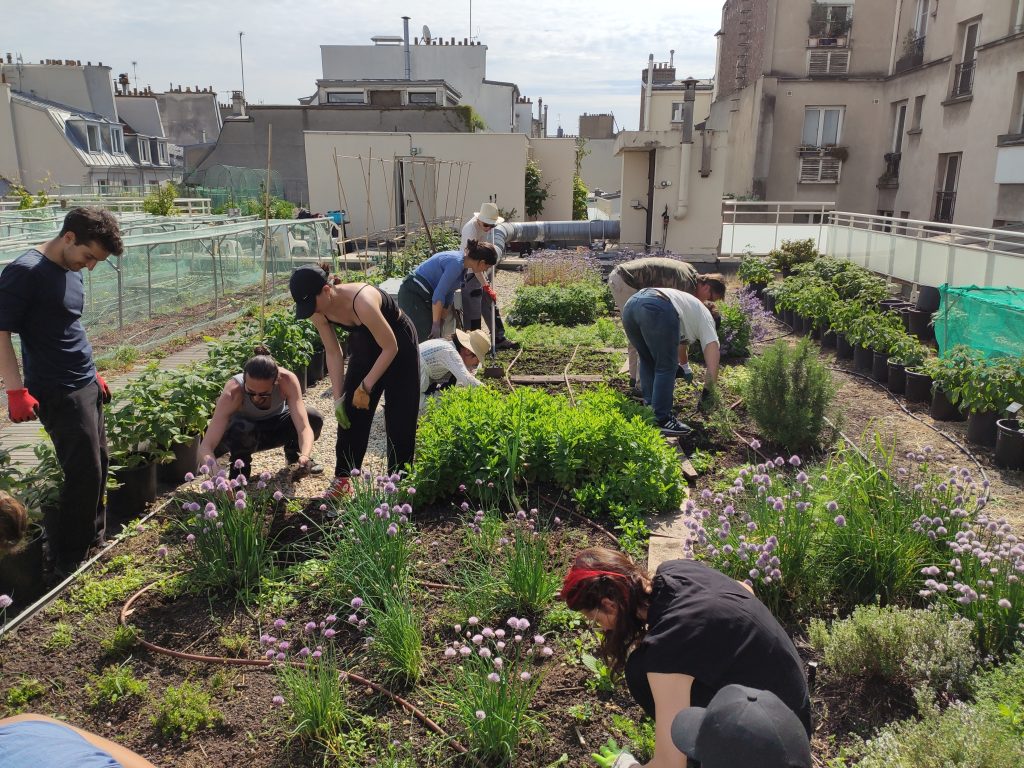
Geneva and Paris pilots’ stakeholders in action applying tools reported in the Pilot Blueprints
Join the VOICES FOR THE FUTURE(S) OF REGENERATIVE NEIGHBORHOODS
In addition to the policy report co-developed with T-Factor and Hubs-in projects, an advocacy call was crafted by diverse CENTRINNO voices, urging support from the EU, local policy makers and Fab City Hubs for cities transitioning towards regenerative urban models.
Don’t miss the legacy of the CENTRINNO project
More about the legacy of the CENTRINNO project is visible on the website, through the resources and blog sections.




